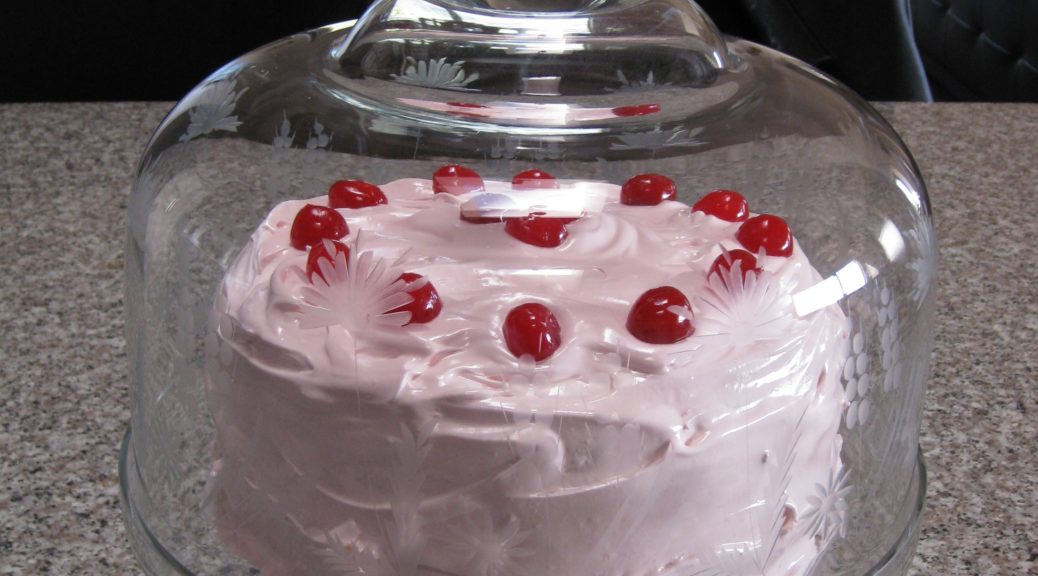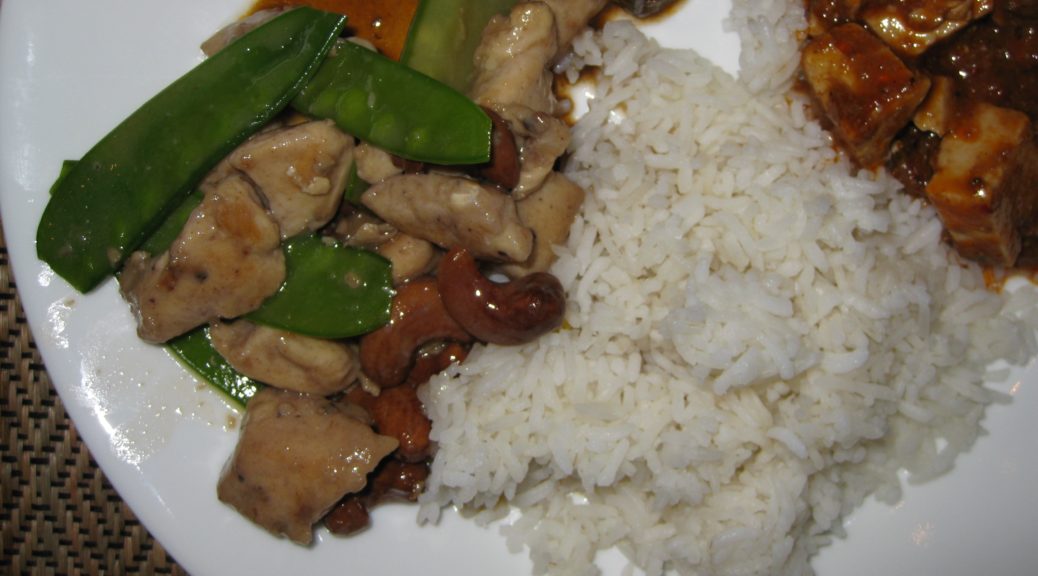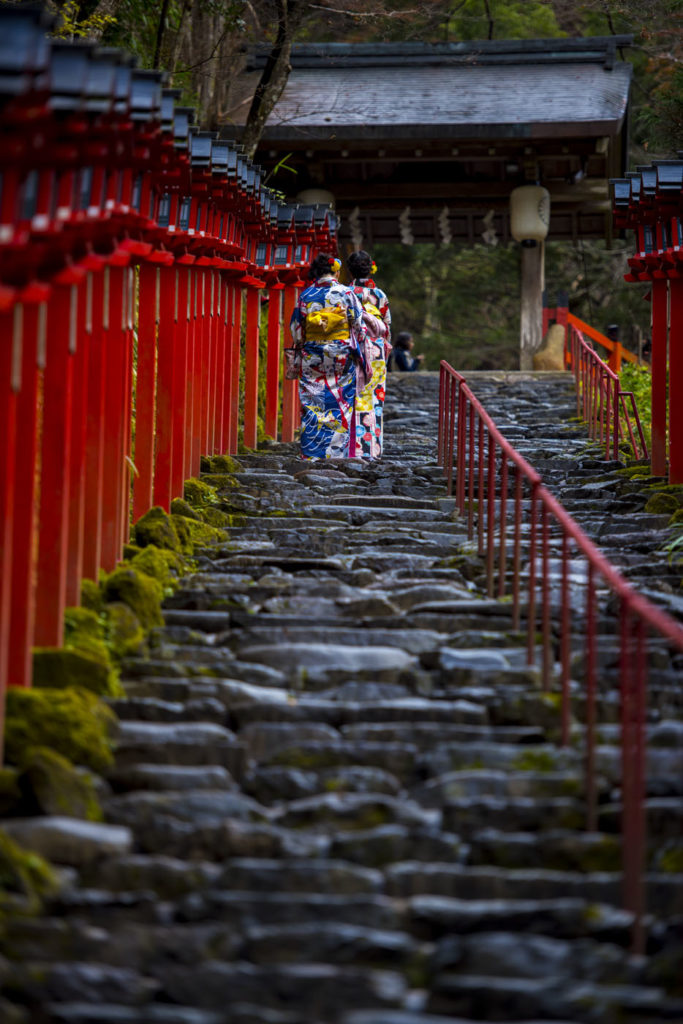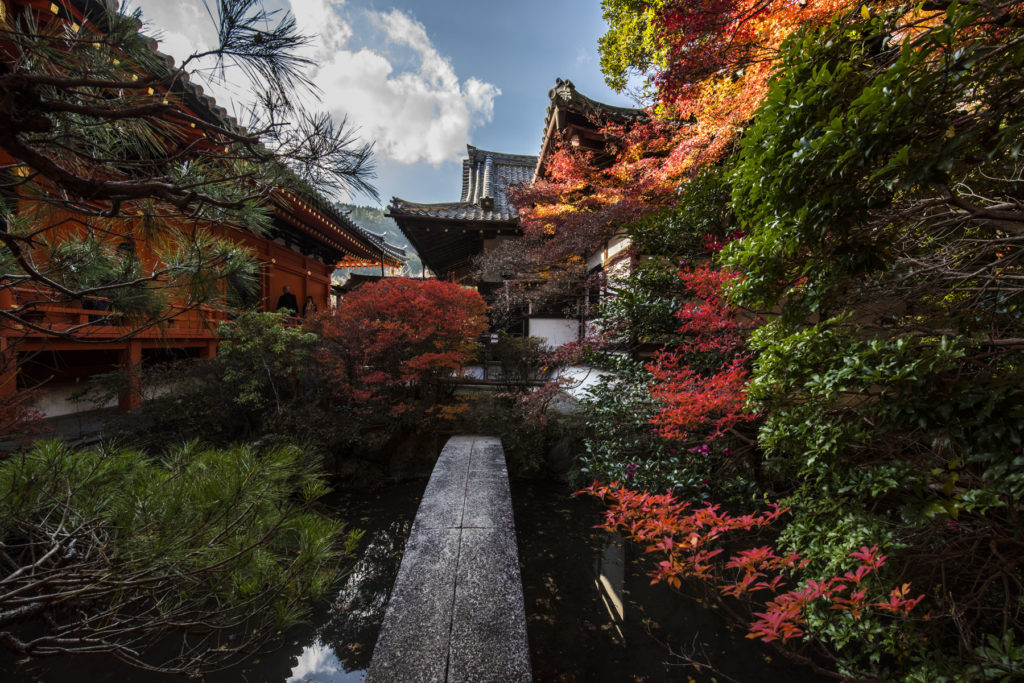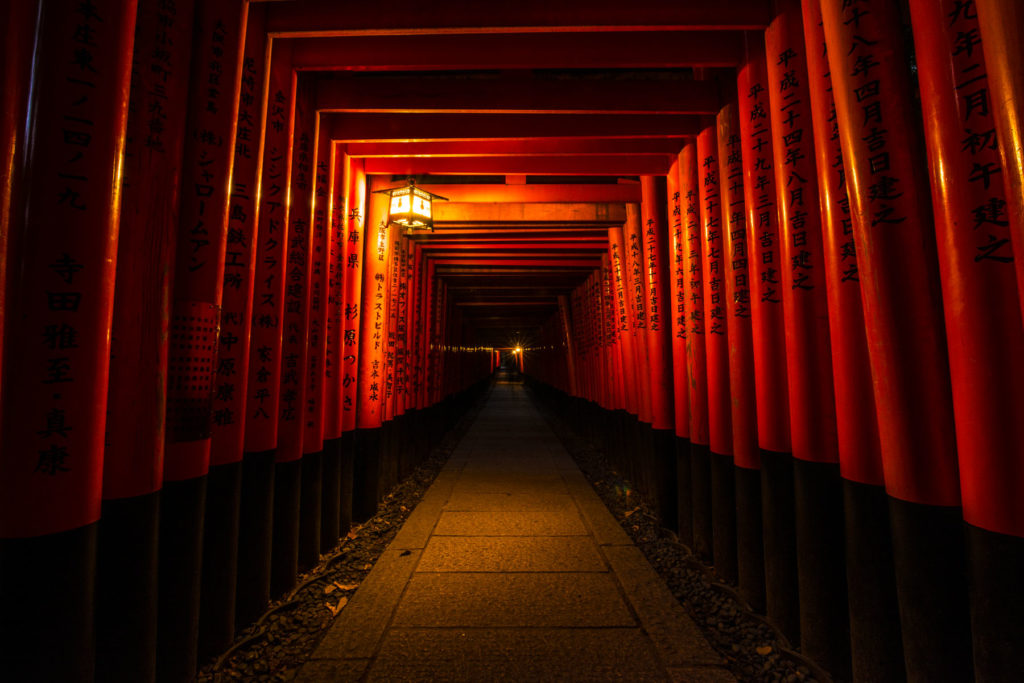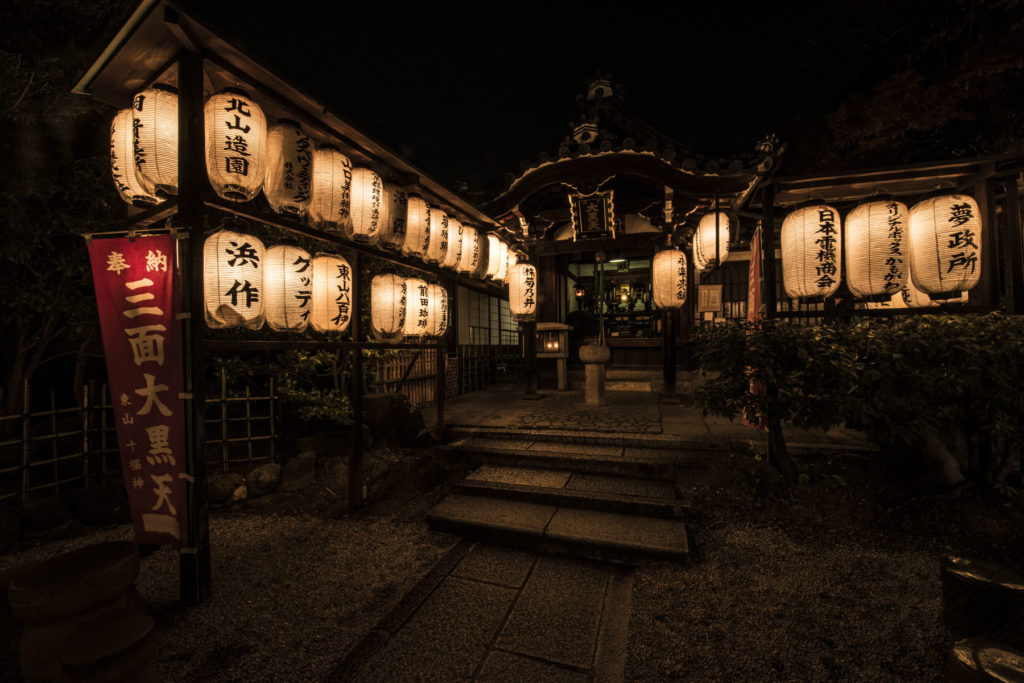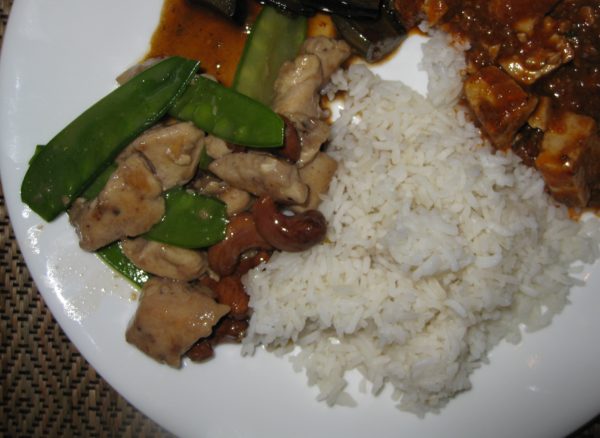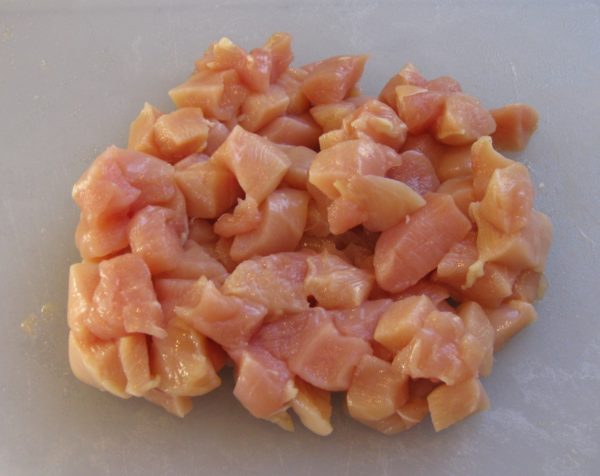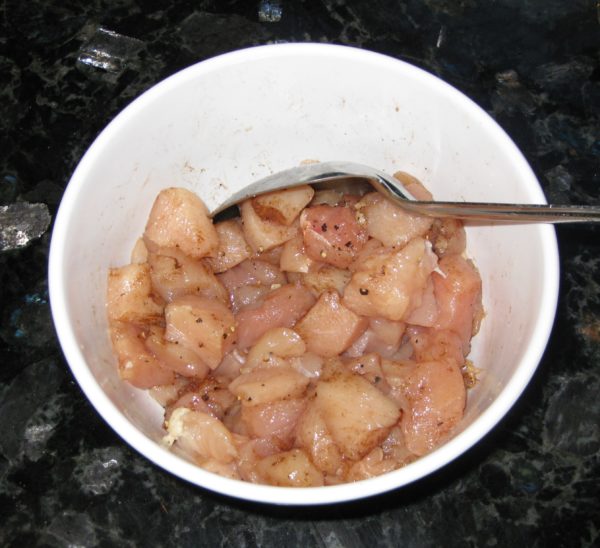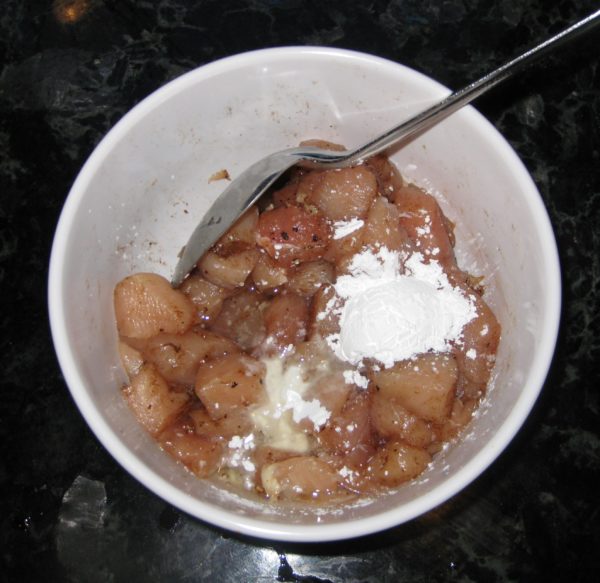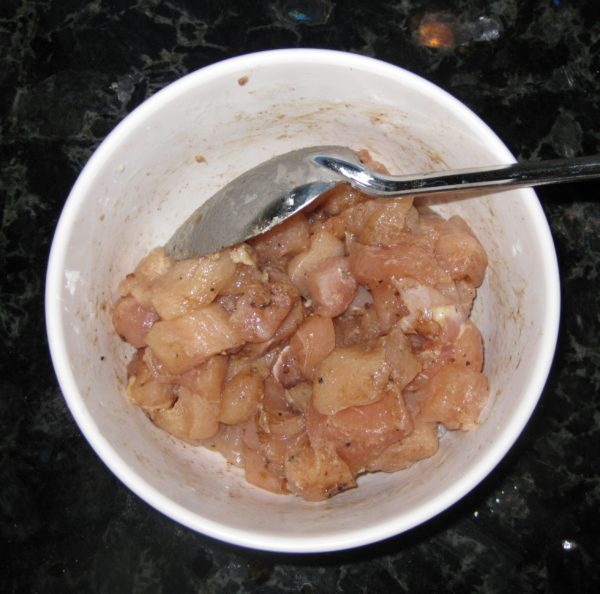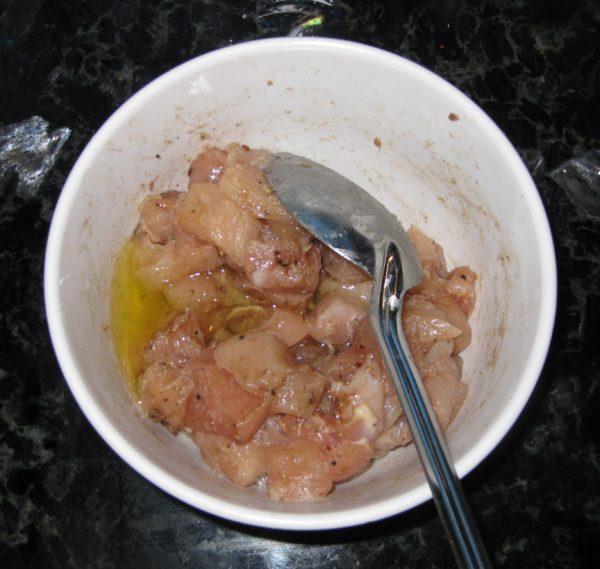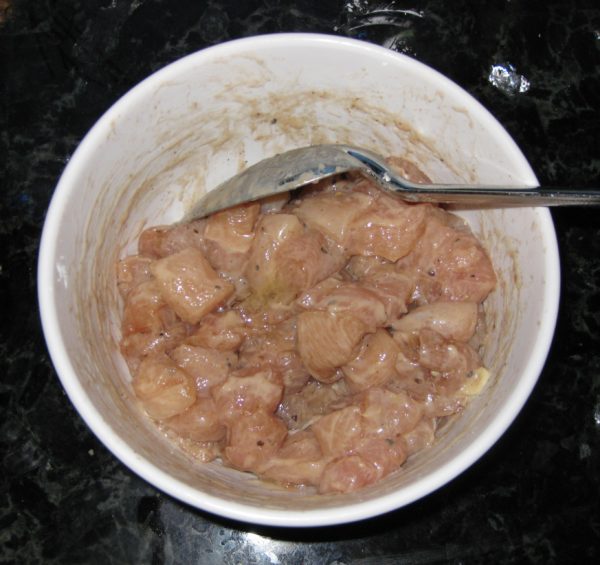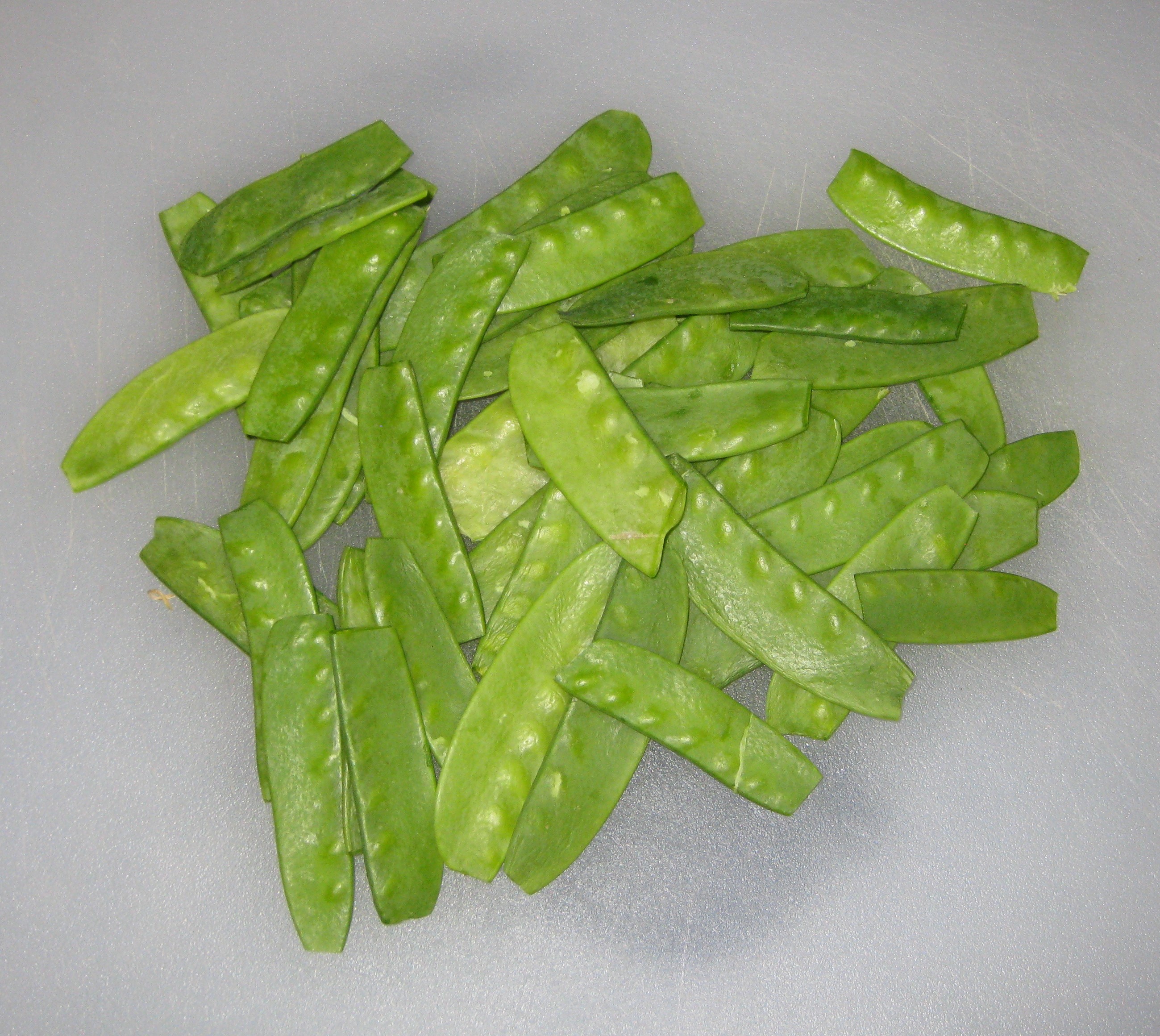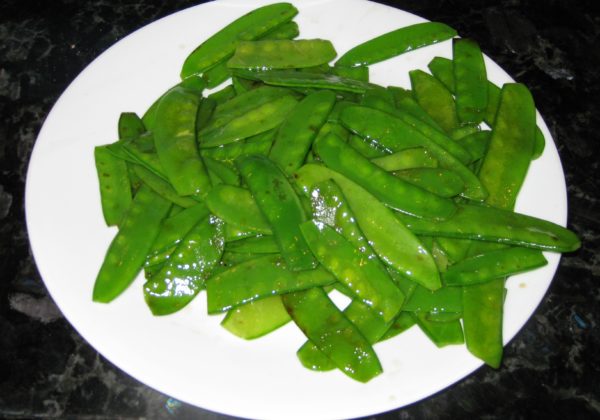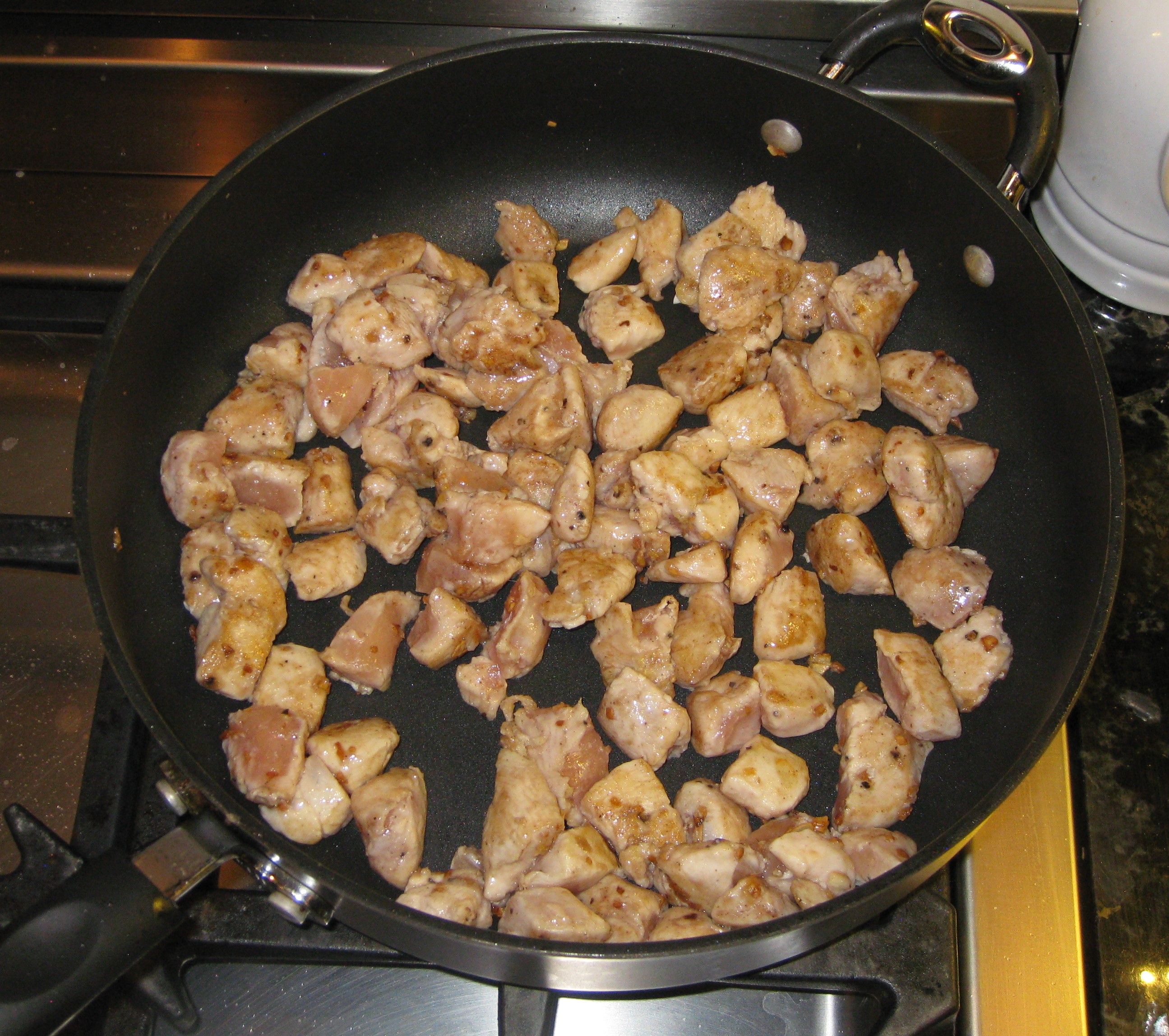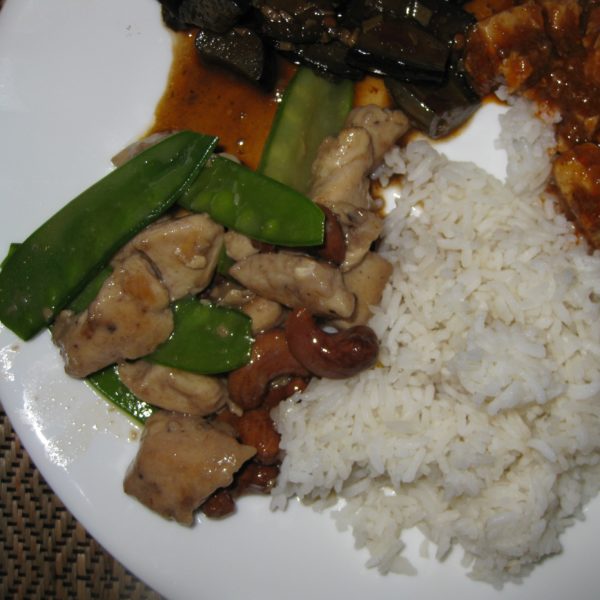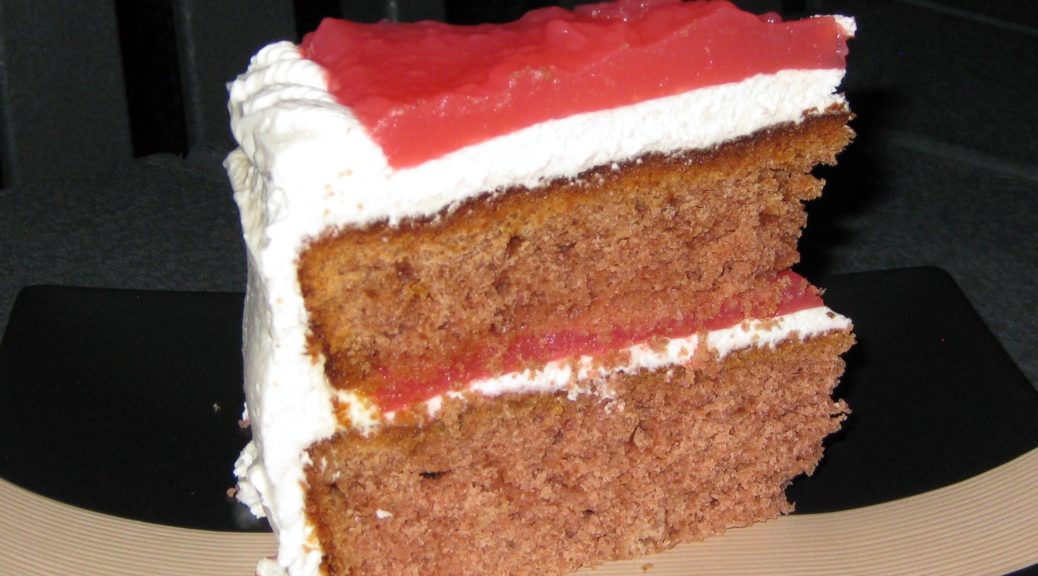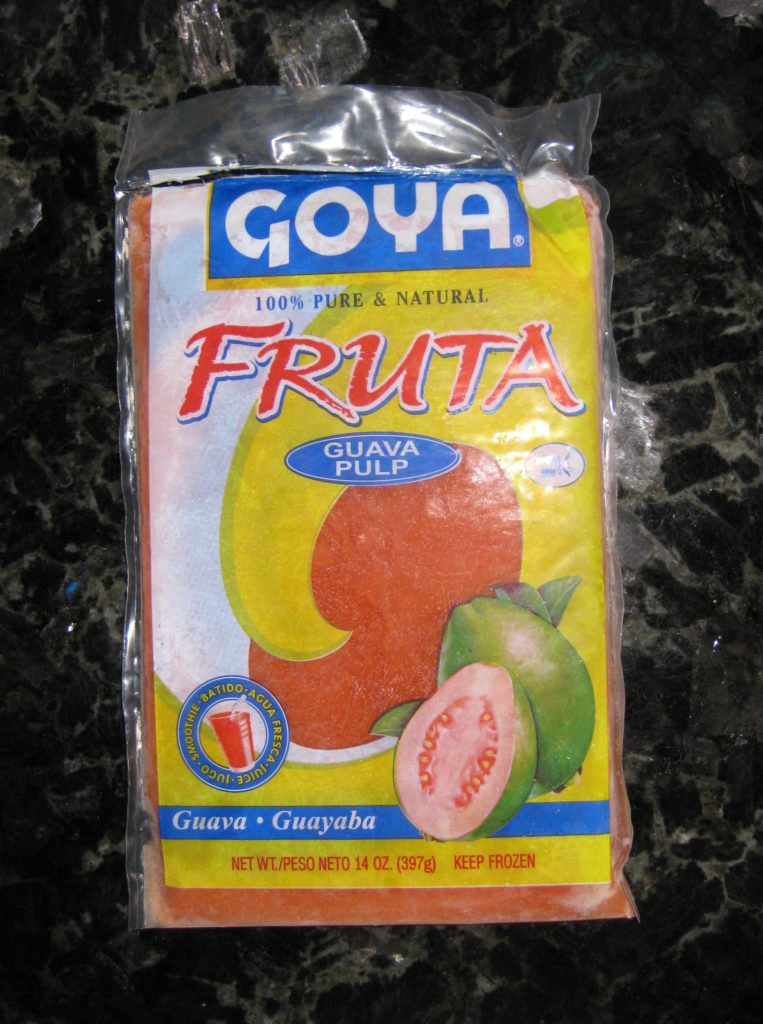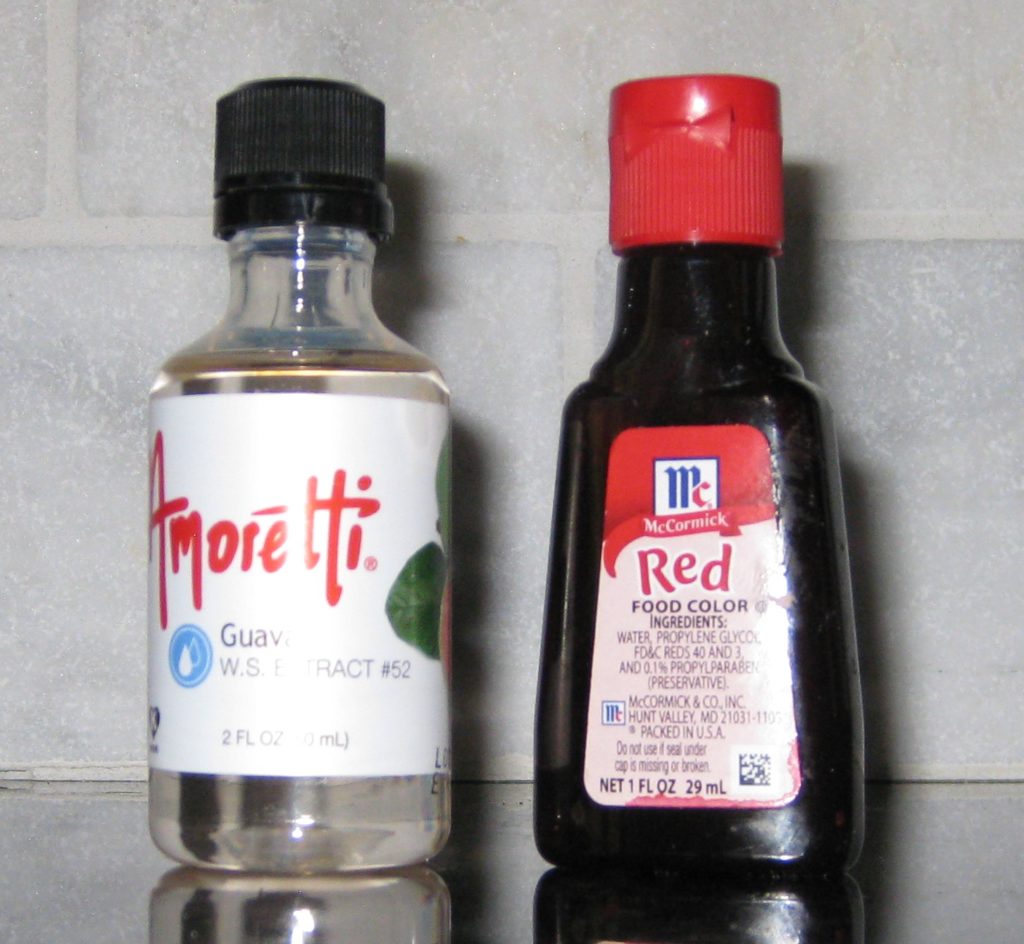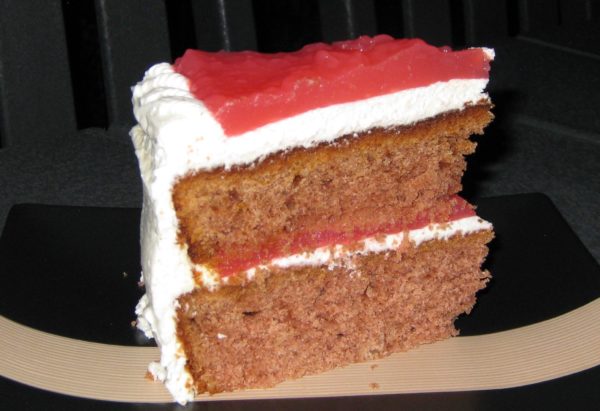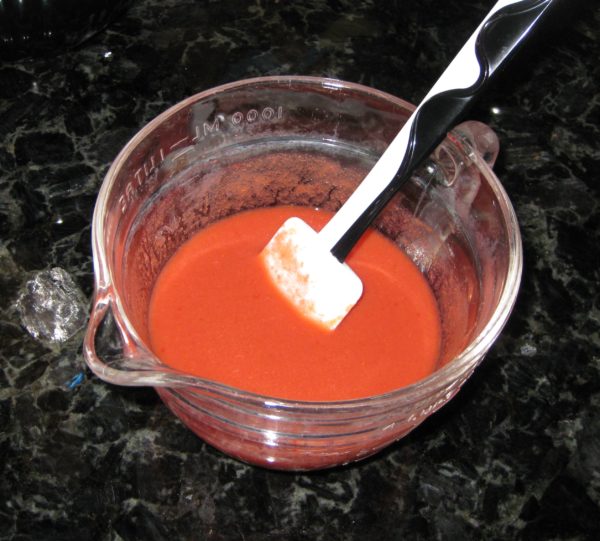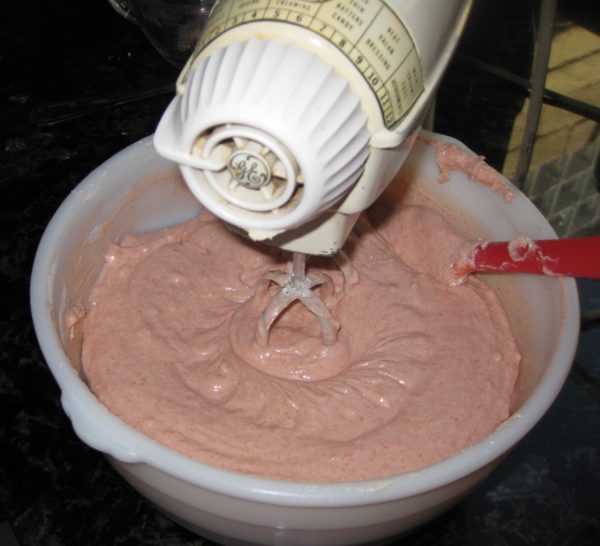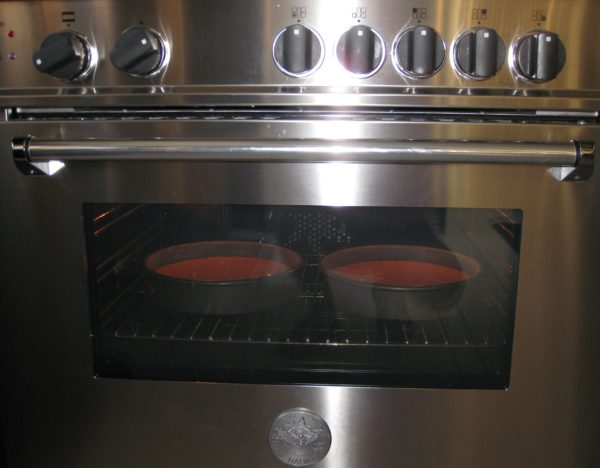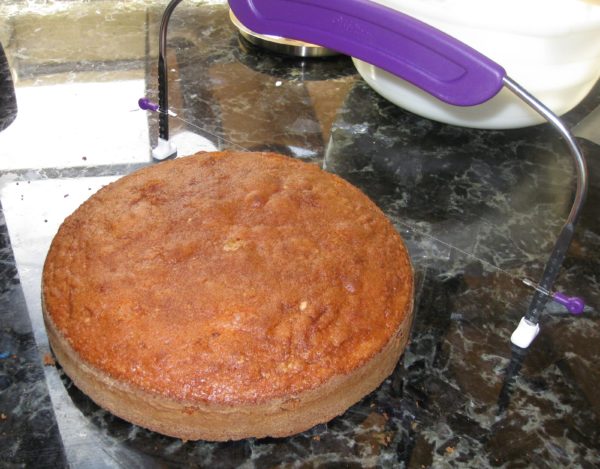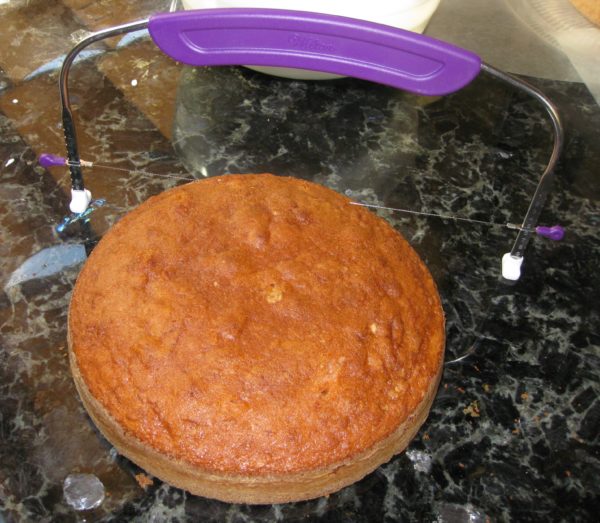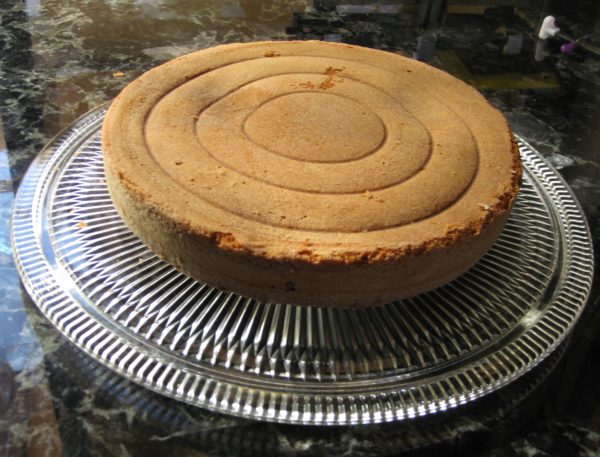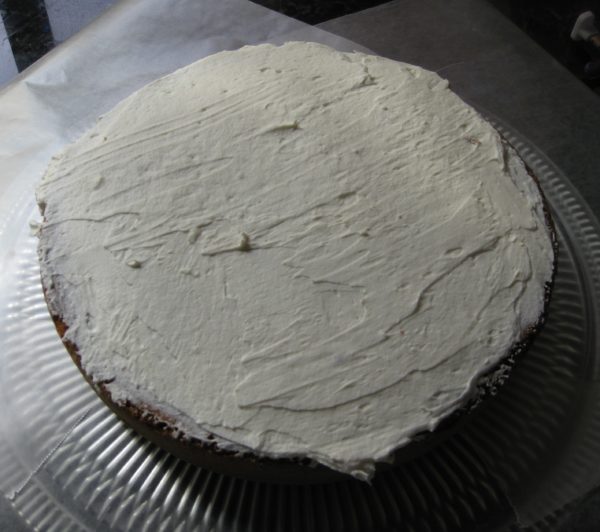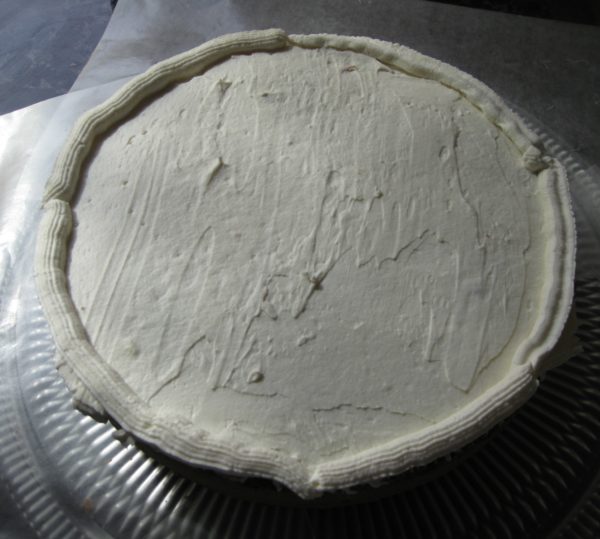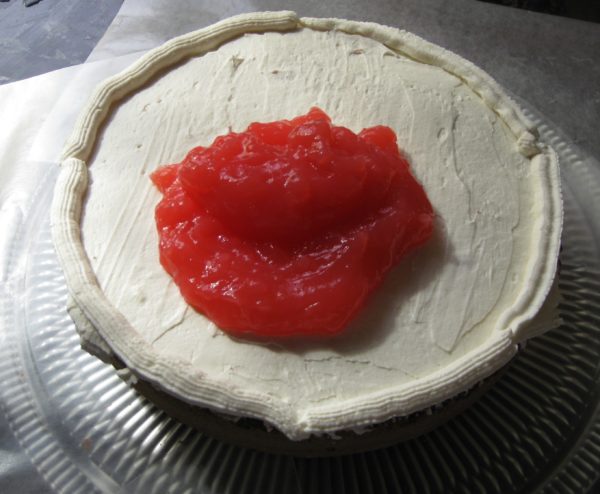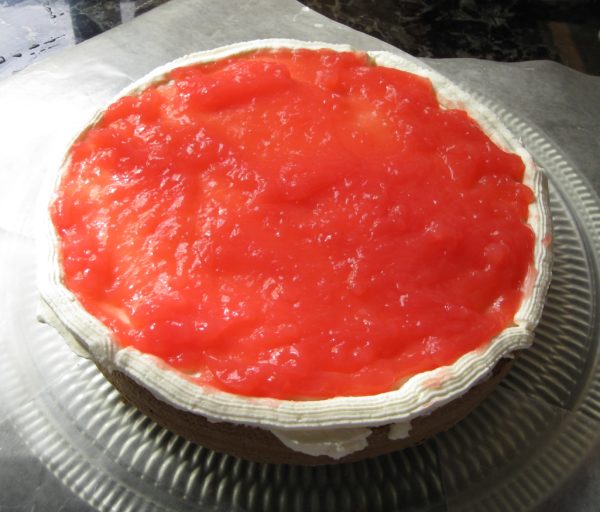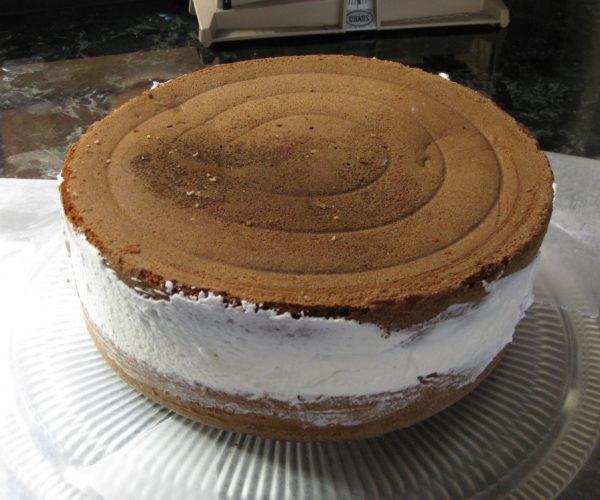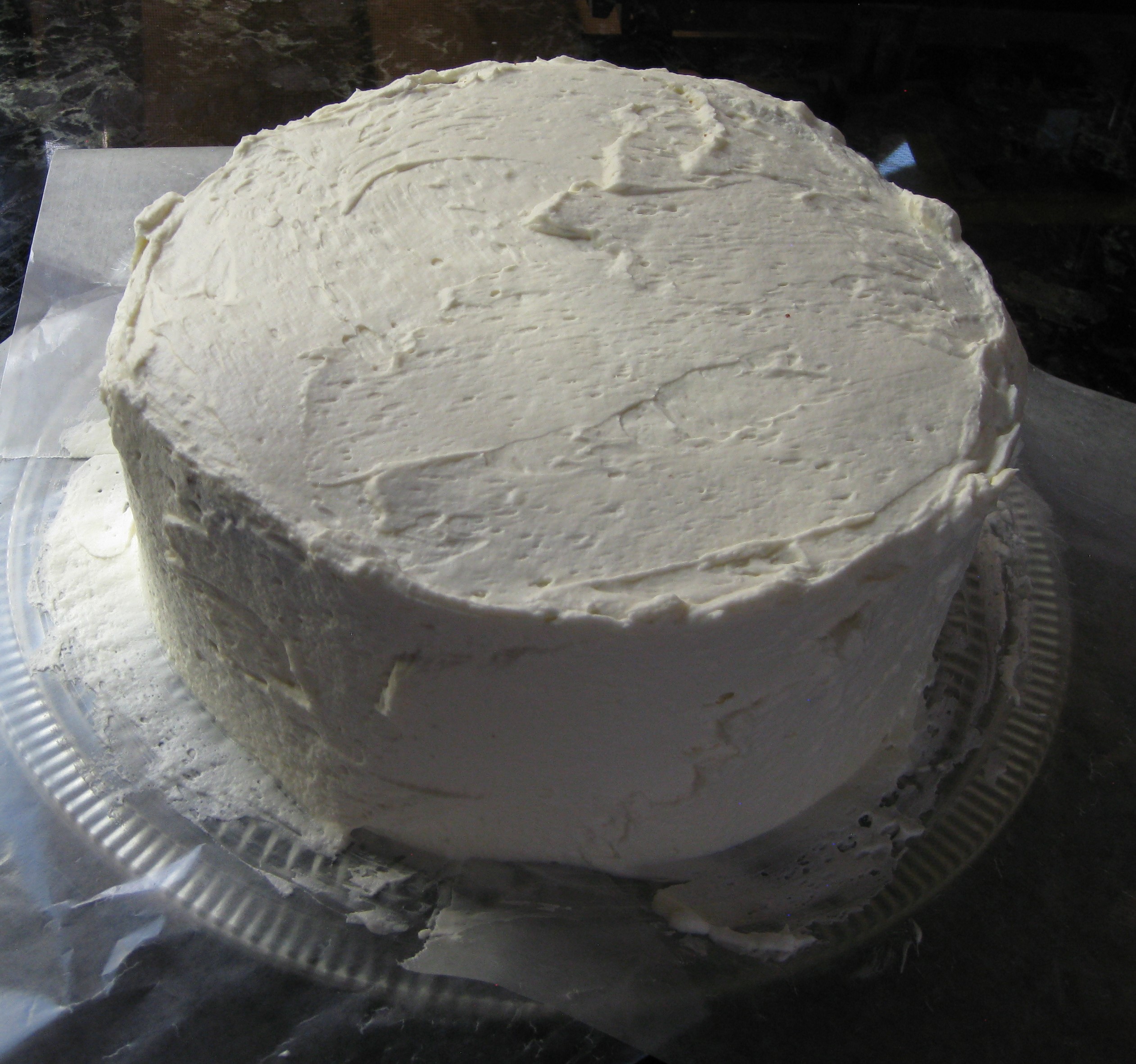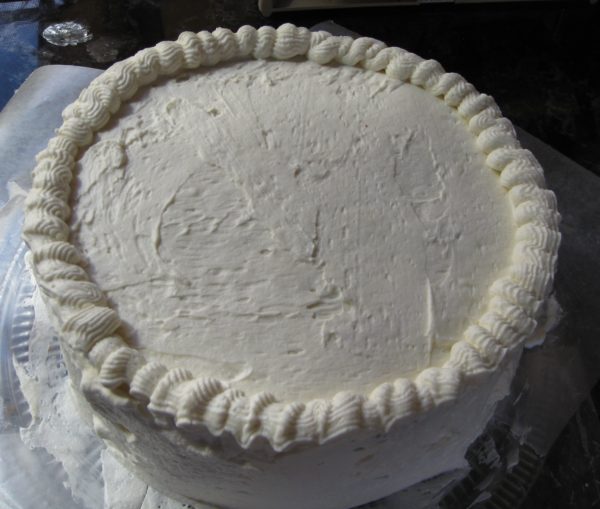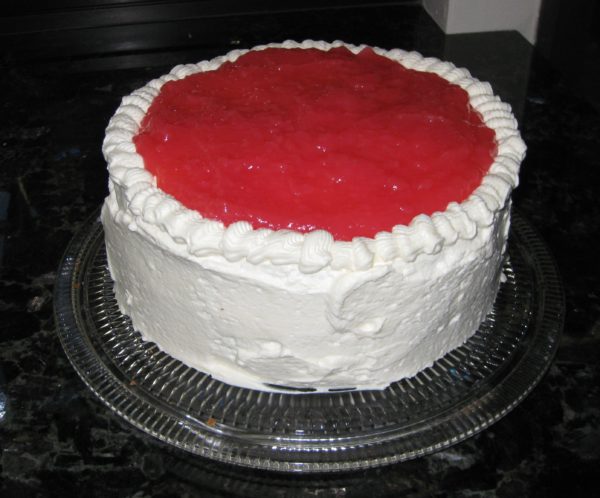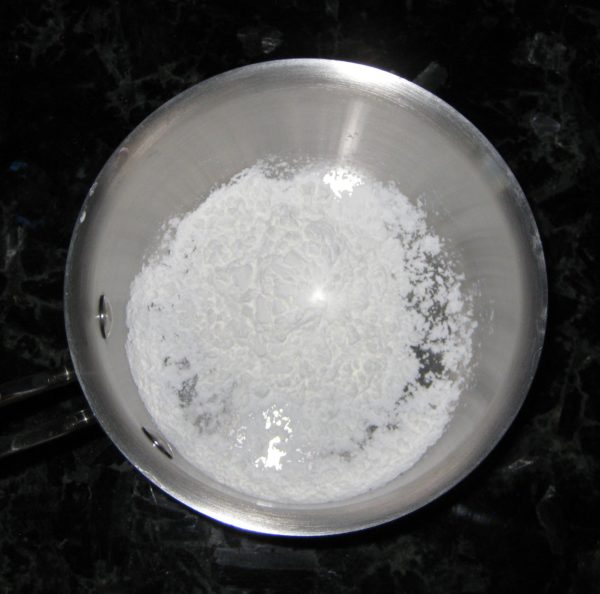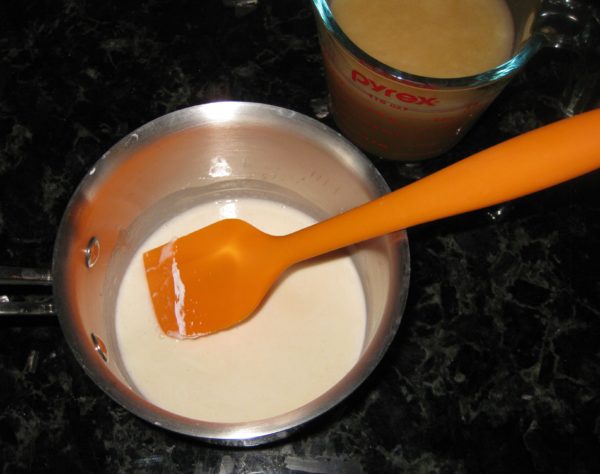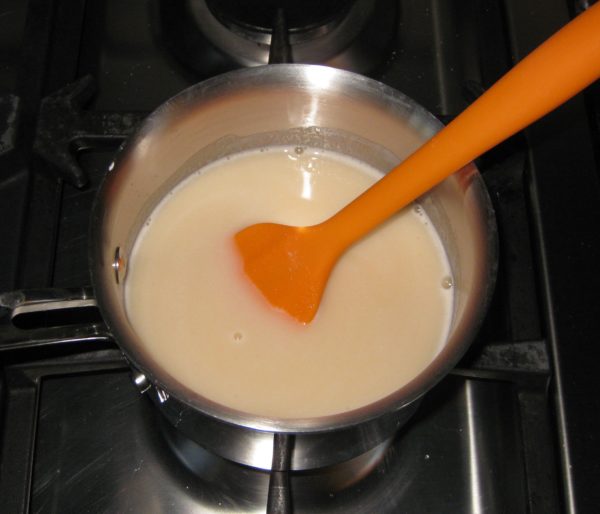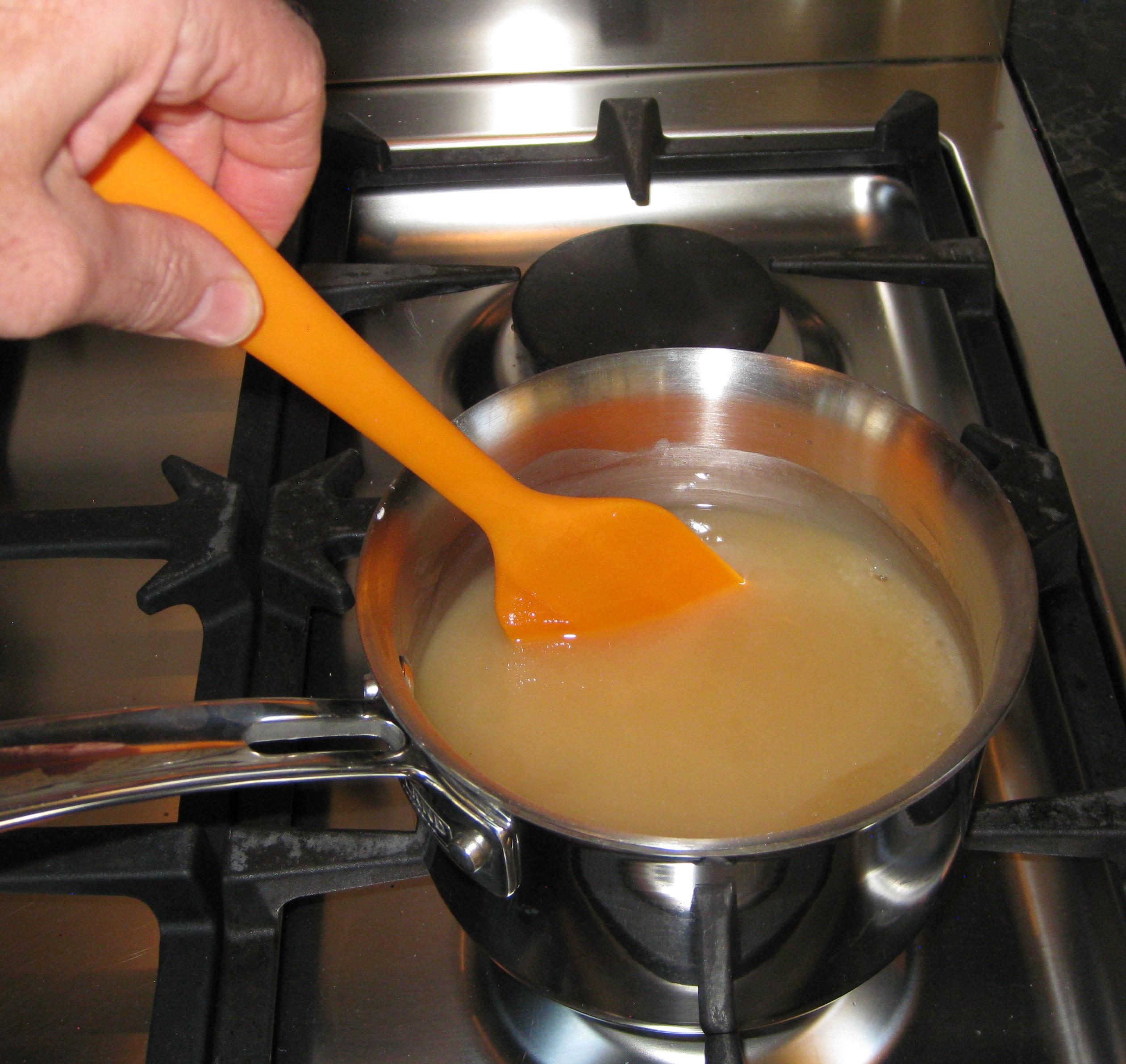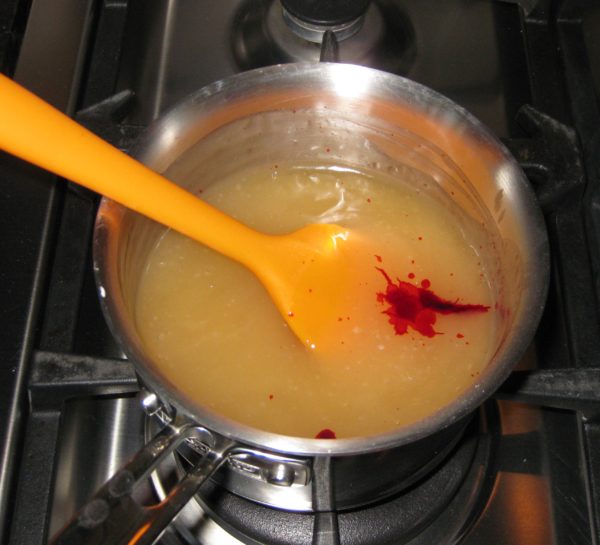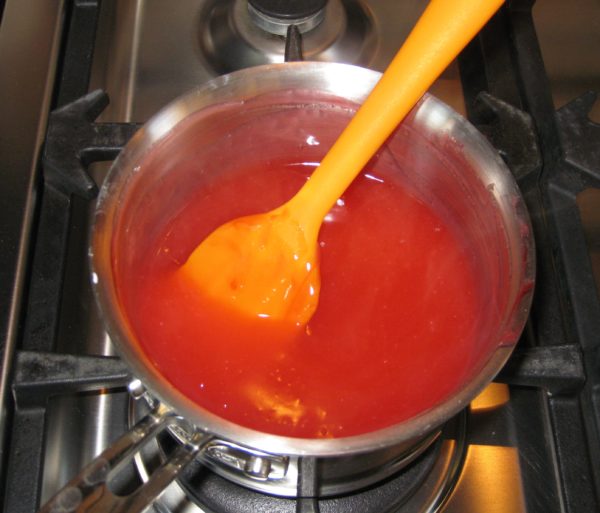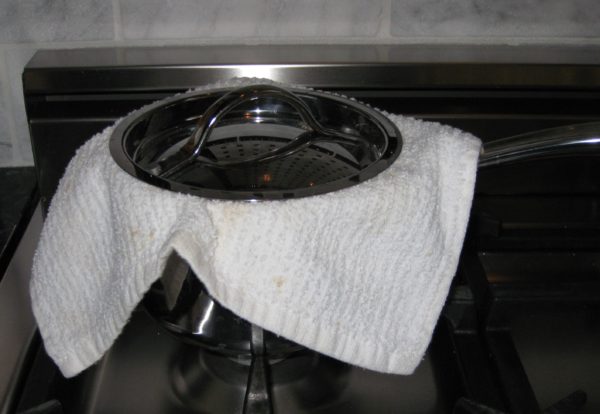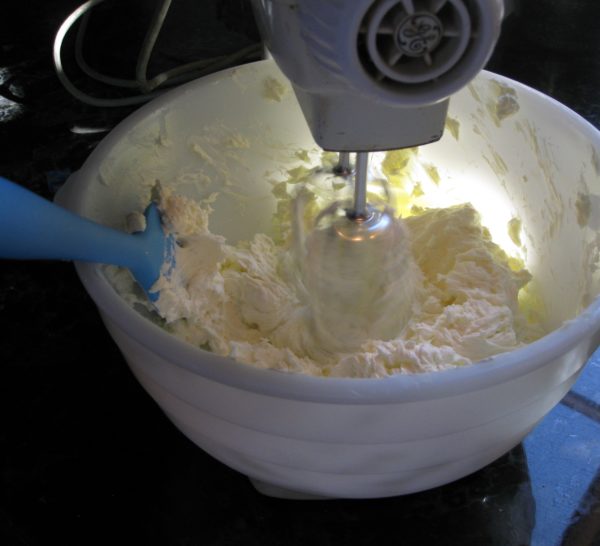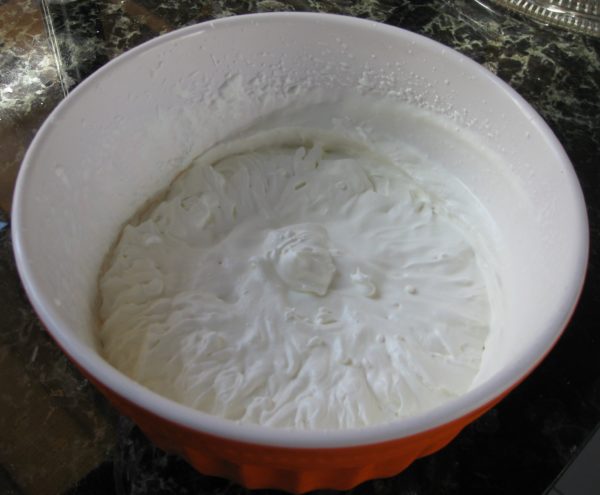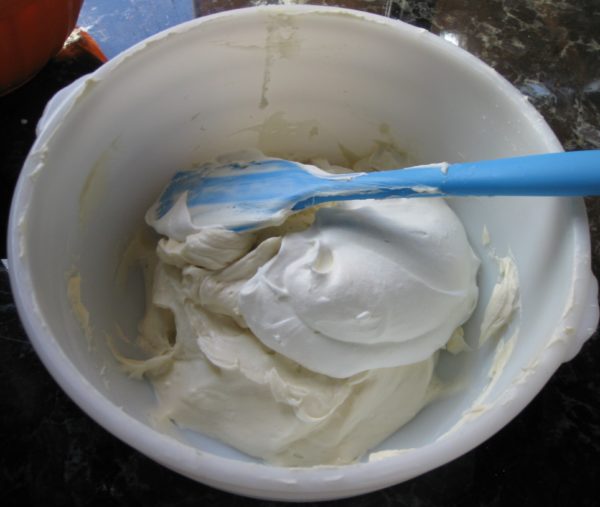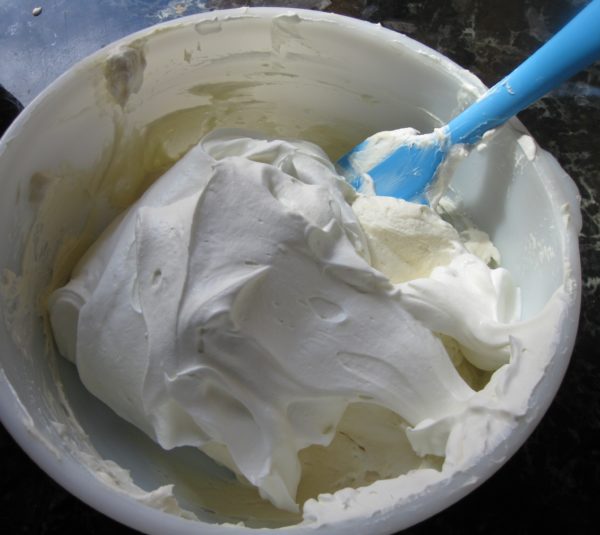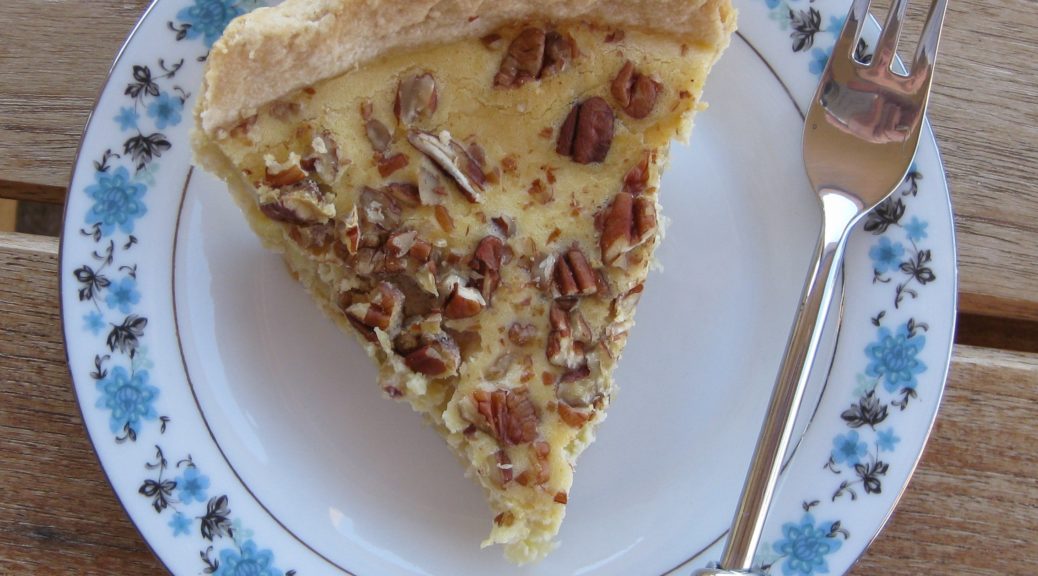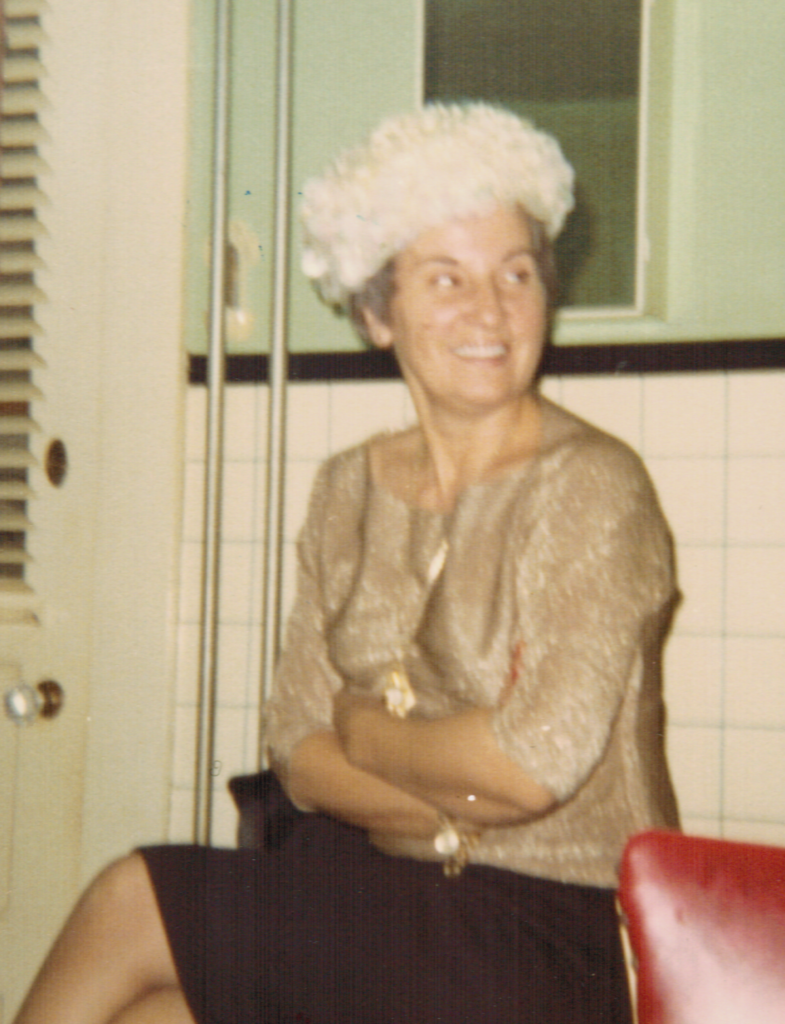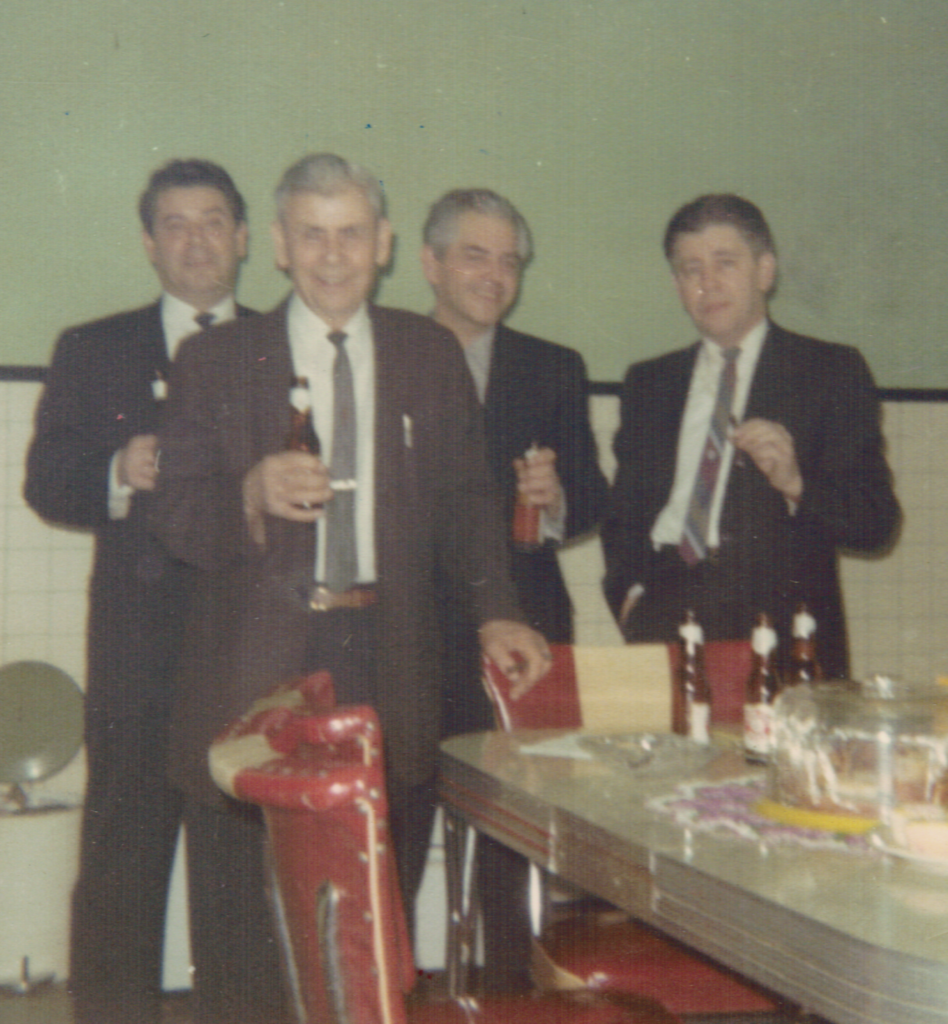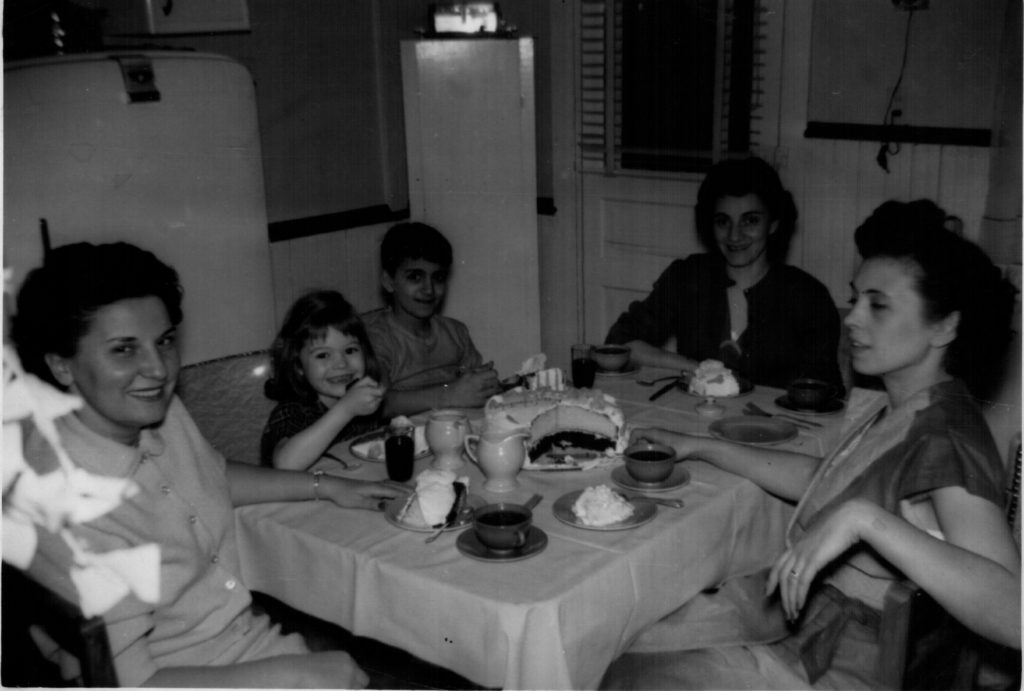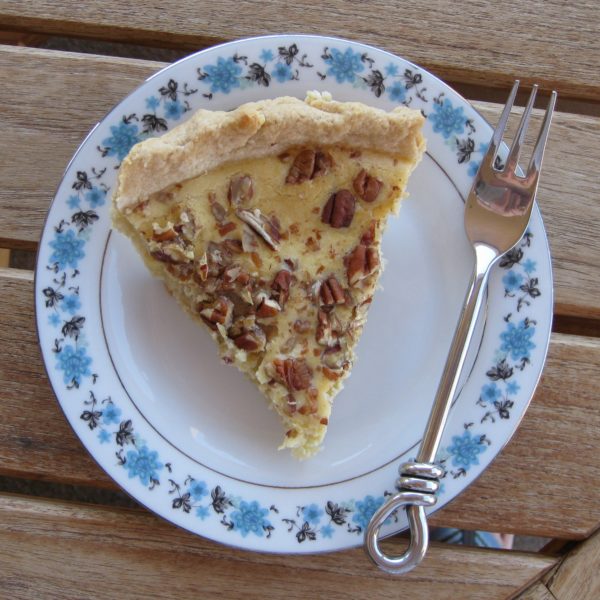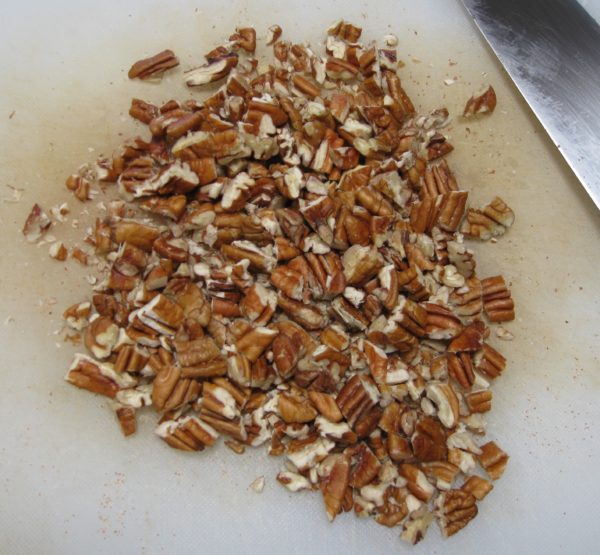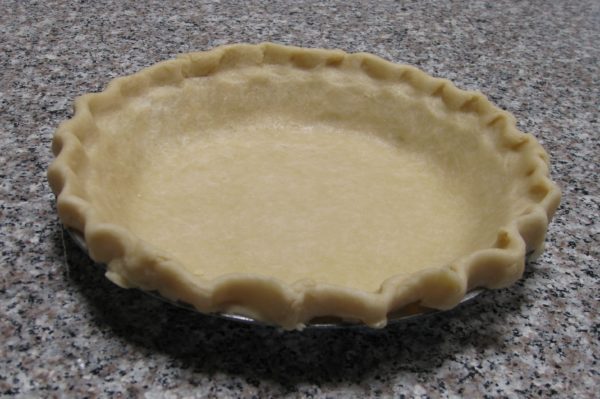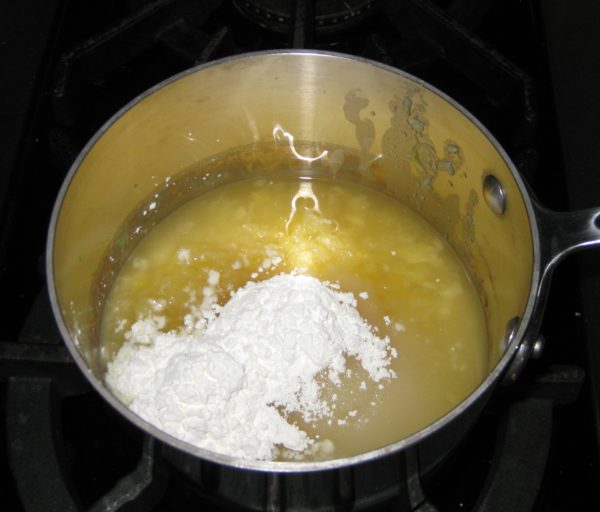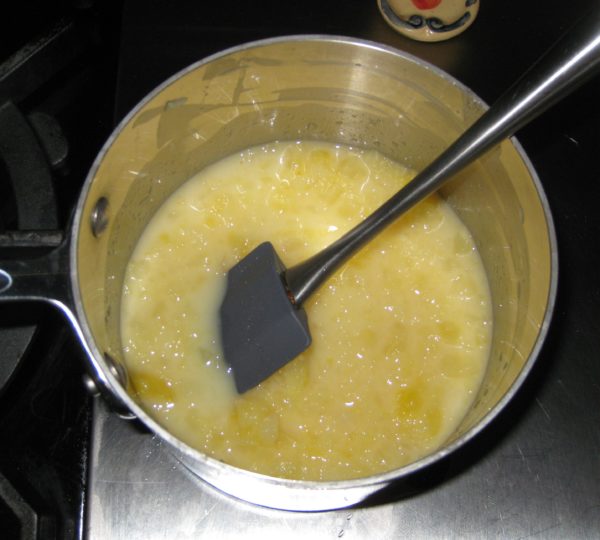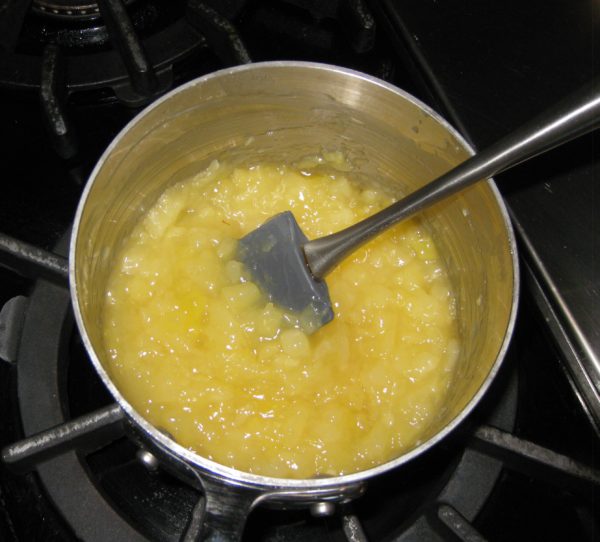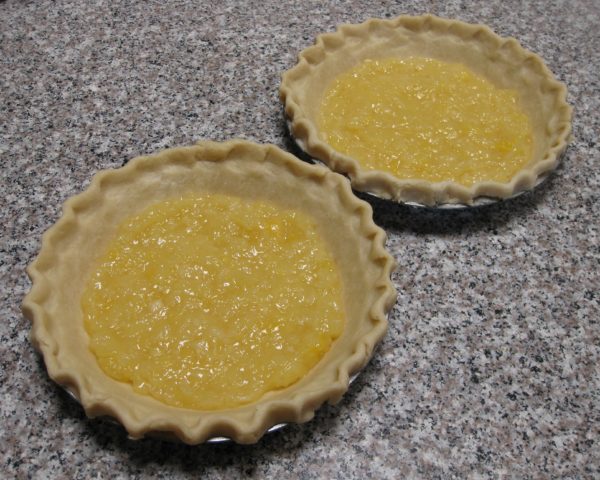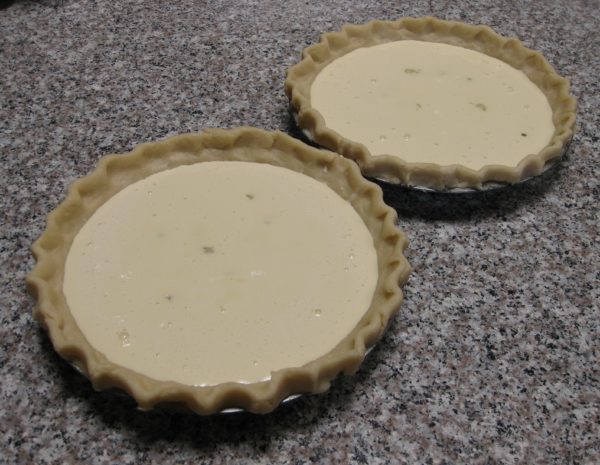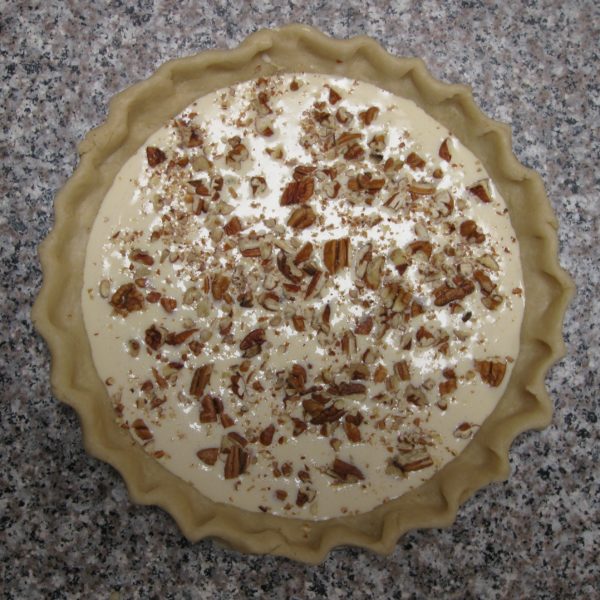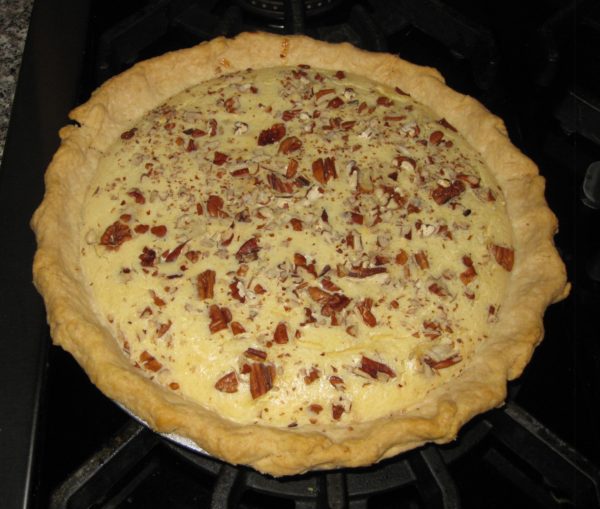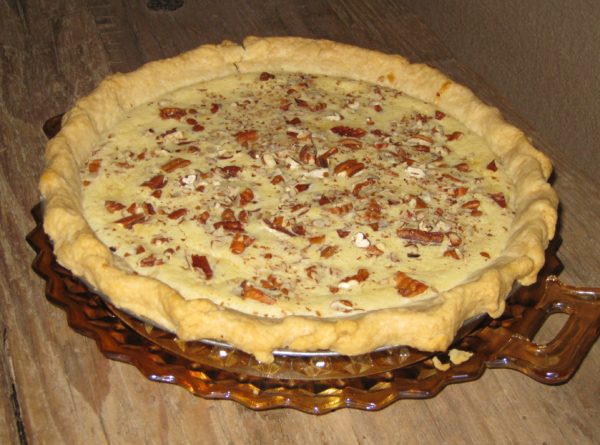July 18, 2018
In September 2012, at a wine paring dinner at The Compound Restaurant in Santa Fe during the holy days of Santa Fe Wine and Chile Fiesta, a group of us hatched an idea to start a dinner group.
After a lot of discussion and email exchanges, we decided to name the group Santa Fe Ate, both for what we do and for the (play on the words regarding the) number of people in the group.
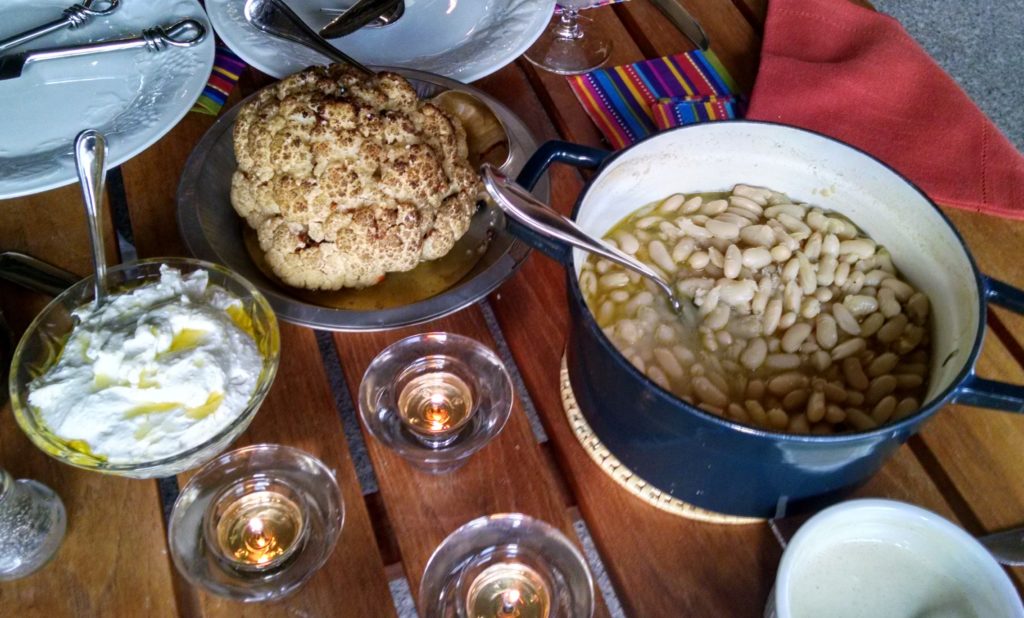
We had our first dinner in January 2013 and we’ve been going strong ever since. We meet about once every three months, rotating houses. At each dinner we decide the theme for the next dinner. This may not be the best time to make such a consequential decision given the amount of alcohol typically consumed. For example, one of our themes was French Indo-China 1920s to 1930s!
Join our mailing list and you’ll never miss a recipe again!
Frank and Doug don’t really cook so their group assignment is always to come up with a signature cocktail and appropriate wine pairings for each course. They have leeway to be creative in finding or creating a cocktail, which they have to do for even for cultures where drinking alcohol is not really common. If the theme of the dinner relates to a wine producing region, the wines are generally from that region to the extent feasible.
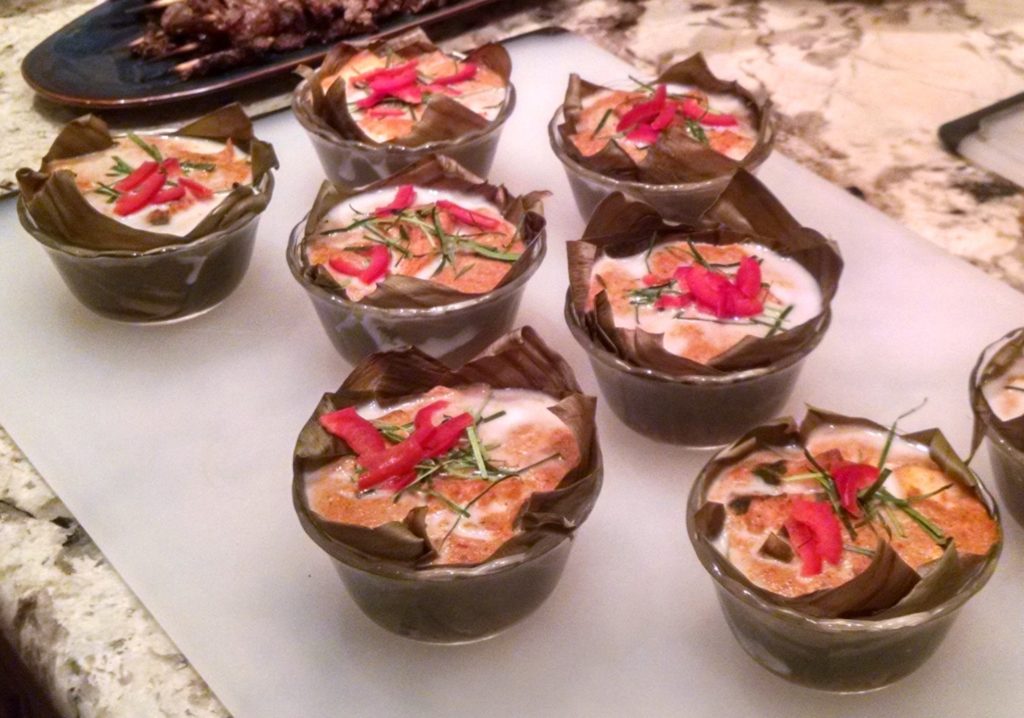
The other six of us do successive rounds of emails refining the list of dishes to be prepared and organizing them into courses. Our task is to be as authentic to the theme as possible.
French Indo-China 1920s to 1930s was probably our most narrow theme. Others have included, for example, Summer in Provence, Winter in Friuli, Along the Silk Road, Persia (not Iran but Persia), Comfort Food, and Things You Can Cook in a Wood-Burning Oven (for which the entire meal was cooked in our outdoor wood-burning oven).
The only meal we’ve had which strayed from the basic plan was Timballo. Timballo is a (typically large) pastry-encased and baked dish of layered pasta, hardboiled eggs, cheese, meatballs, and other meats, all moistened with tomato sauce. Each of the cooks was assigned one or more components of the timballo to make at home. We got together to assemble and bake the final dish. This was a multi-hour process, even with all the prep work done in advance.
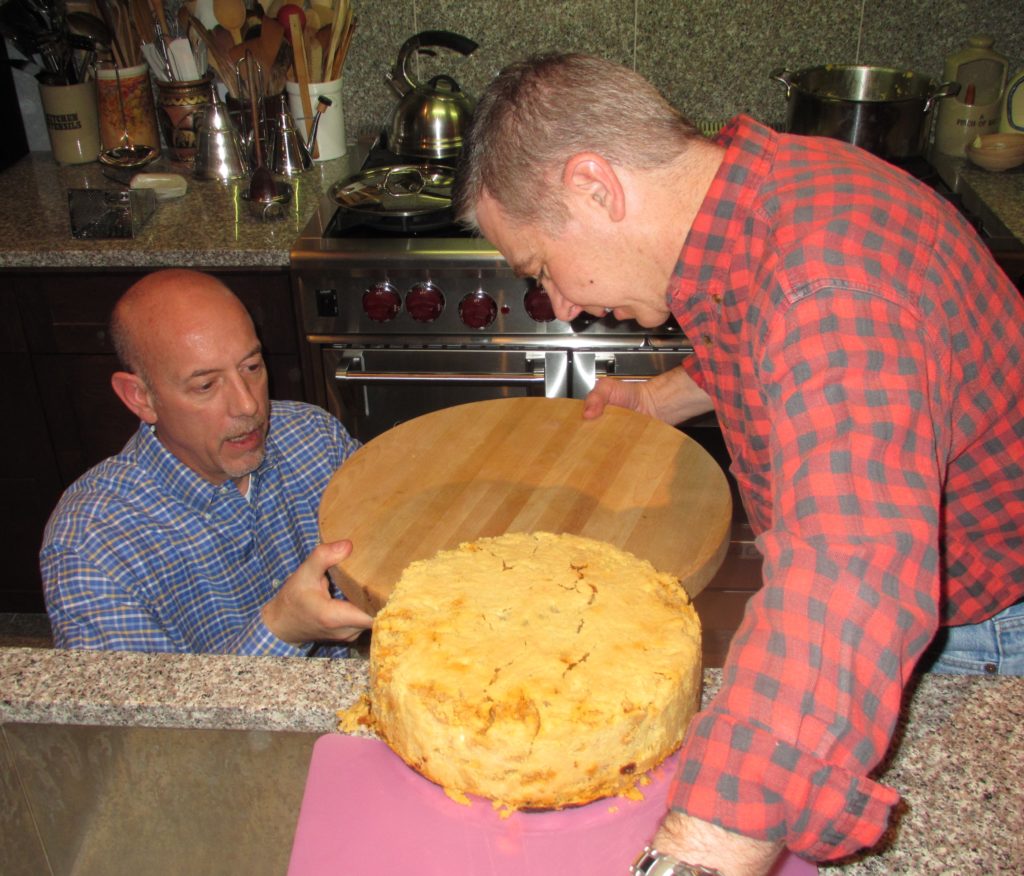
To help pass the time, Frank and Doug devised a blind wine-tasting in which we had to try to identify the varietal and provenance of each wine. I believe the eight of us tasted six bottles of wine. After we finished those, we opened some more. This was the dinner at which we decided the theme of French Indo-China 1920s to 1930s. You may notice a correlation between alcohol intake and unusual dinner themes!
Follow us on your social media platform of choice
Earlier this year, our theme was Betty Crocker’s Picture Cook Book, first edition, published in 1950. Every dish had to come from the cookbook with no changes, substitutions or updating unless absolutely necessary. One of the appetizers was anchovies rolled around cornichons!
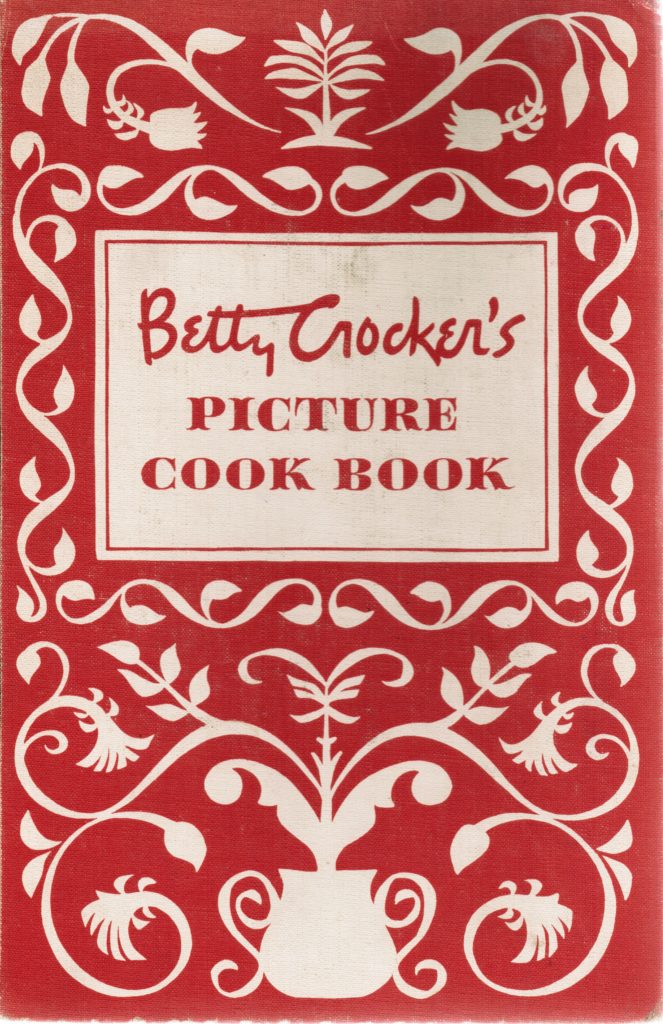
The food was actually surprisingly good. I suspect part of that was related to how each of us selected our dish or dishes (Becky, who did appetizers selected three!). The wines were, undoubtedly, fabulous. In the United States, if you were drinking wine in the 1950s you were likely drinking French wine, and good French wine, at that! On that night, so were we!
I made a Maraschino Cherry Cake with Almond Crème Filling and Maraschino Boiled Frosting. Though if I were making the cake again, I would probably substitute my recipe for Italian Pastry Cream for Betty’s Crème Filling, I really wouldn’t make any other changes.
Here’s the recipe directly from the first edition of the Betty Crocker Picture Cookbook with a few minor adaptions of the technique by me. For you bakers out there, I’m providing the original sea-level measurements as published in the cookbook. Since I baked this at nearly 8000 feet in elevation, I followed Betty’s recommendations for adjusting for high altitude.
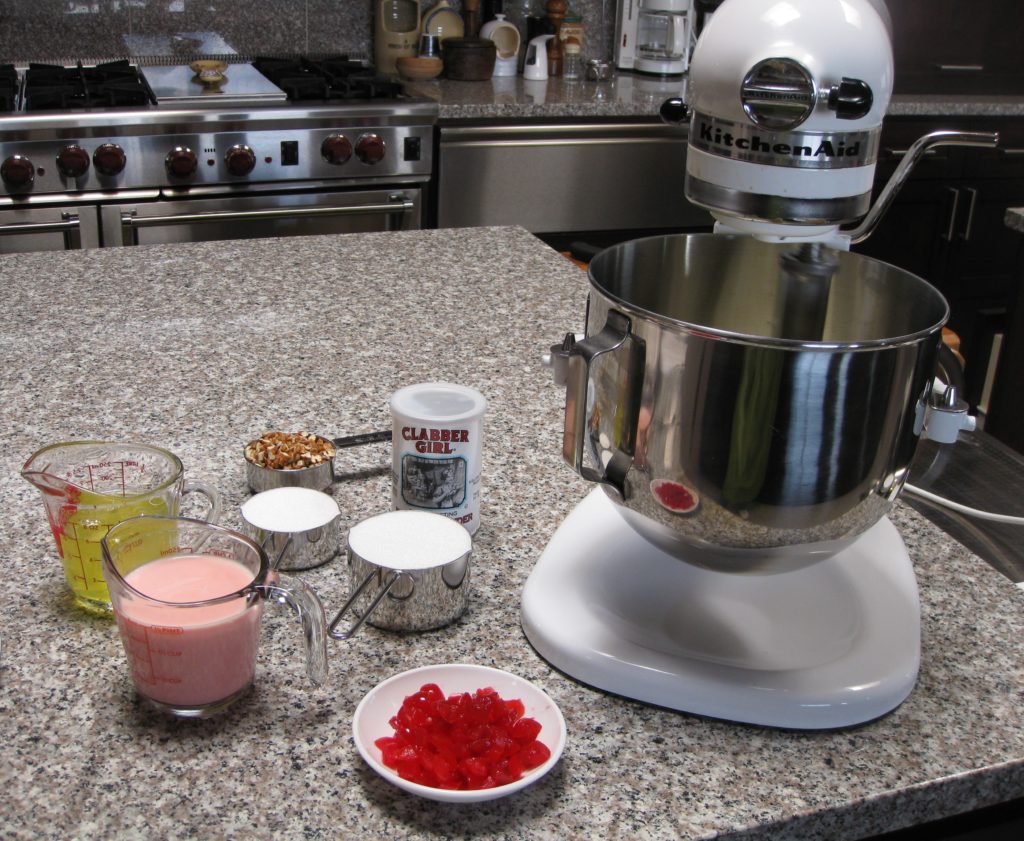
Ingredients
Maraschino Cherry Cake
Almond Crème Filling
Maraschino Cherry Cooked Frosting
|
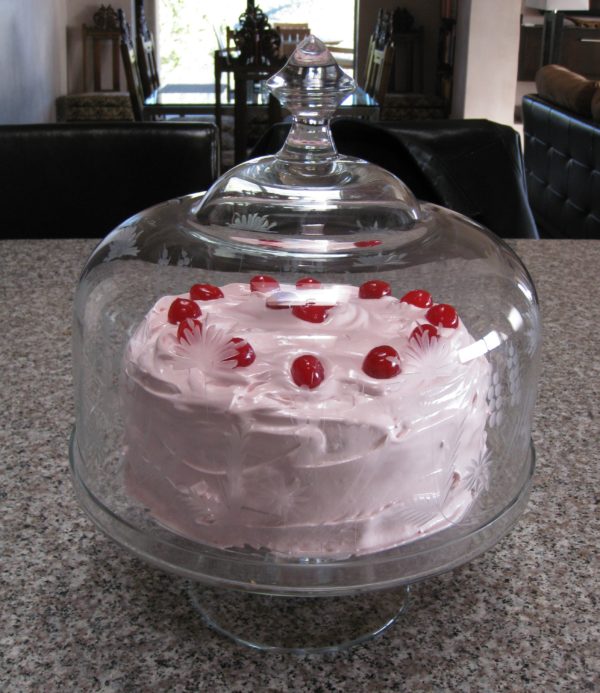
|
- Sift together the flour, baking powder and salt. Reserve.
- Combine milk and Maraschino cherry liquid. Reserve.
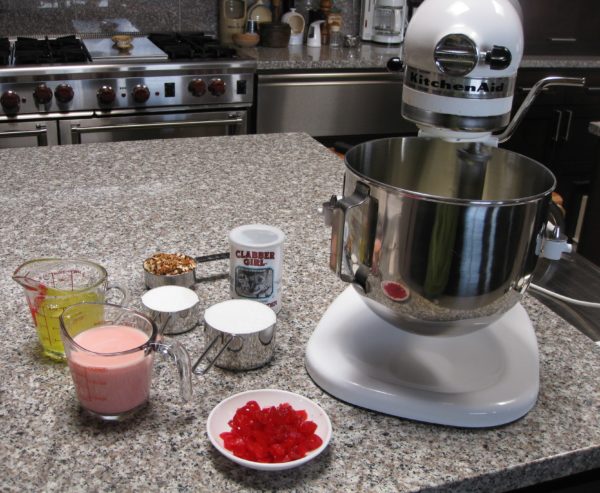
- Cream butter.
- Cream in sugar until fluffy.
- Add dry ingredients in four additions, alternating with milk-juice mixture in three additions. Mix lightly, but well, after each addition.
- Stir in nuts and Maraschino cherries.
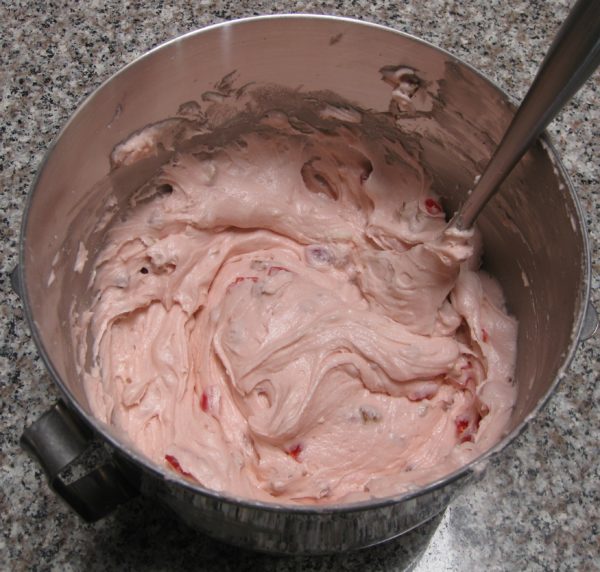
- In a separate bowl, beat egg whites until stiff.
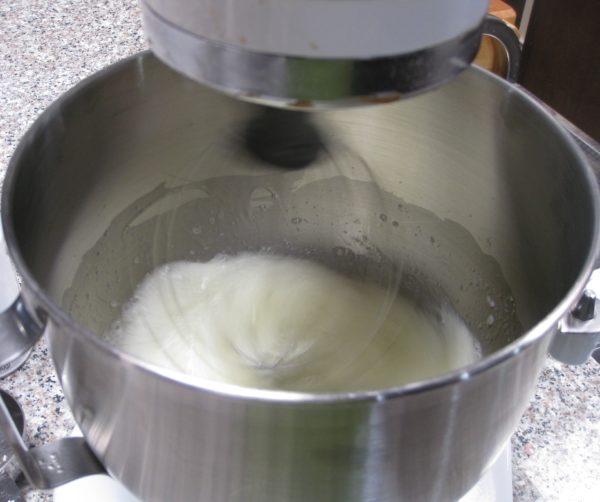
- Fold beaten egg whites into batter, using about ¼ of the egg whites first to loosen the batter.
- Pour into two greased and floured 9” cake pans.
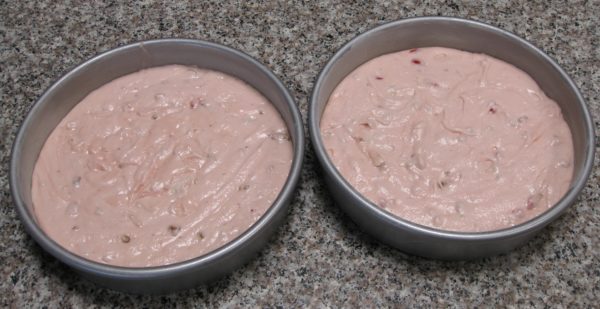
- Bake 350°F approximately 30-35 minutes, until a tester inserted in the center comes out clean.
- Cool the pans on a rack approximately 10 minutes.
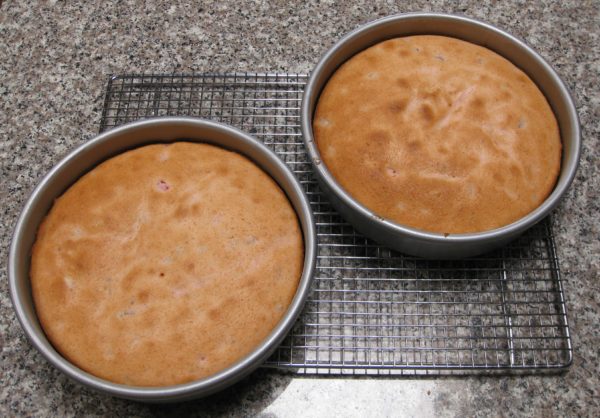
- Remove layers from pans and cool completely.
- Combine the sugar, cornstarch, salt and half-and-half in a heavy-bottomed saucepan.
- Bring to a boil, stirring constantly.
- Slowly pour about half of the boiling half-and-half mixture into the egg yolks, whisking constantly, to temper the yolks.
- Put the saucepan with the remaining half-and-half mixture back on the heat.
- Pour the tempered yolks back into the saucepan, whisking constantly.
- Bring the mixture to a boil. Boil 1 minute, stirring constantly.
- Remove from the heat and stir in the almond and vanilla extracts.
- Pour the pastry cream into a bowl. Cover with plastic wrap, putting the wrap directly on the pastry cream to avoid a skin.
- Refrigerate until cold.
- Stir in chopped almonds just before using.
- Just before making the frosting, put one cake layer on a serving platter. Top with Almond Crème Filling.
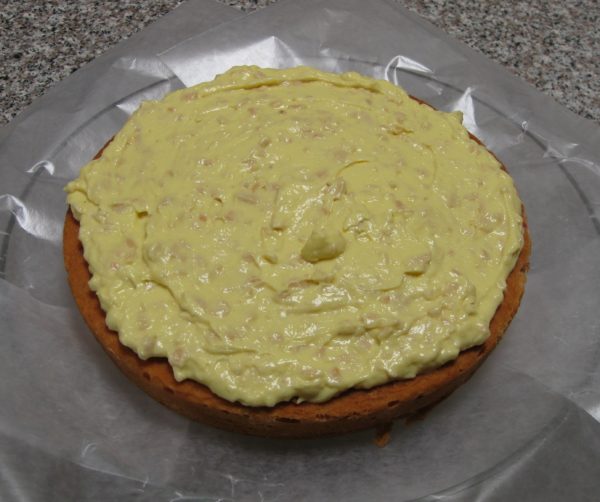
- Top with second layer.
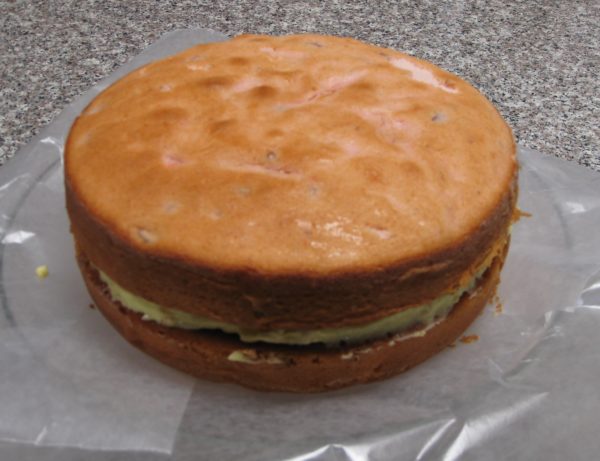
- Combine the egg whites, sugar, cream of tartar and Maraschino cherry liquid in a double boiler.
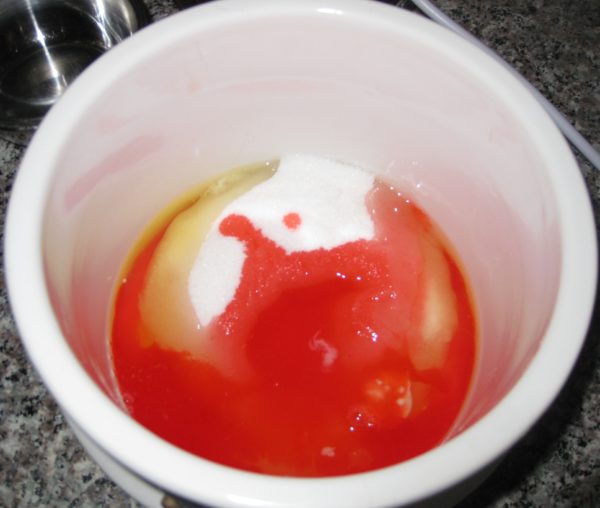
- Cook over boiling water, beating constantly with an electric mixer until a spreadable consistency, approximately 5-7 minutes. The top of the double boiler should not touch the boiling water in the bottom.
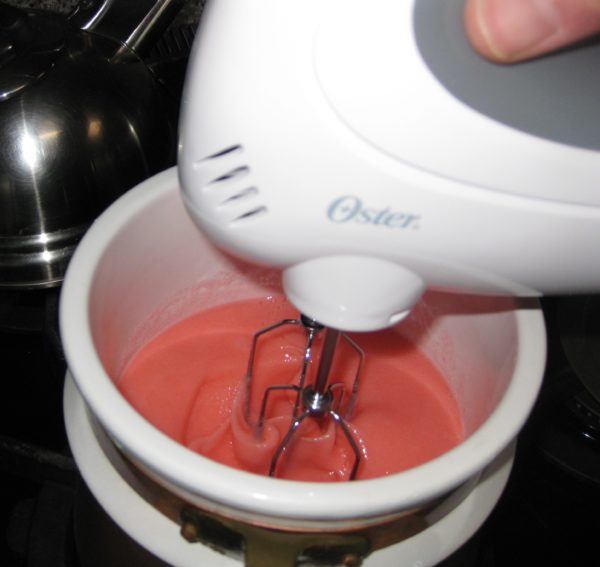
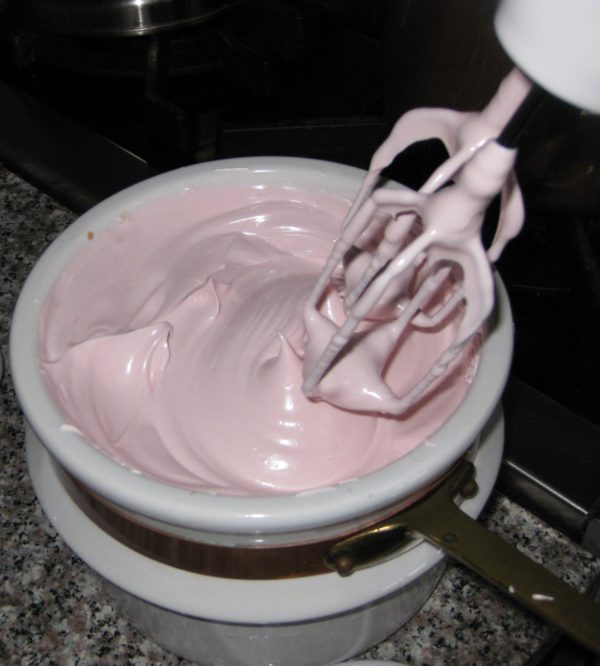
- Beat in the vanilla and almond extracts.
- Immediately frost sides and top of cake.
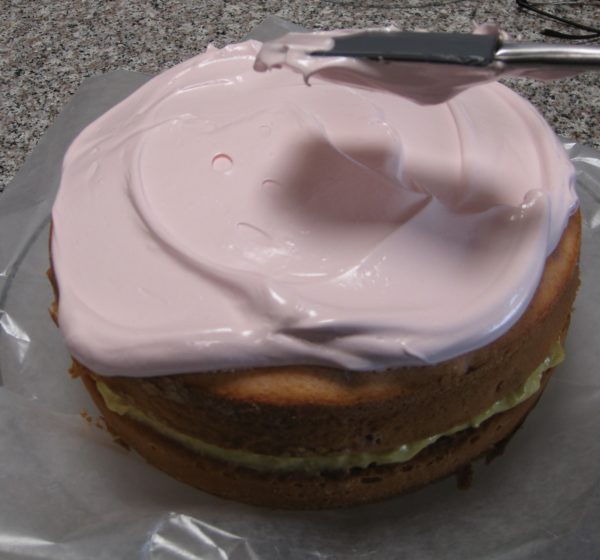
- Decorate the top with whole Maraschino cherries
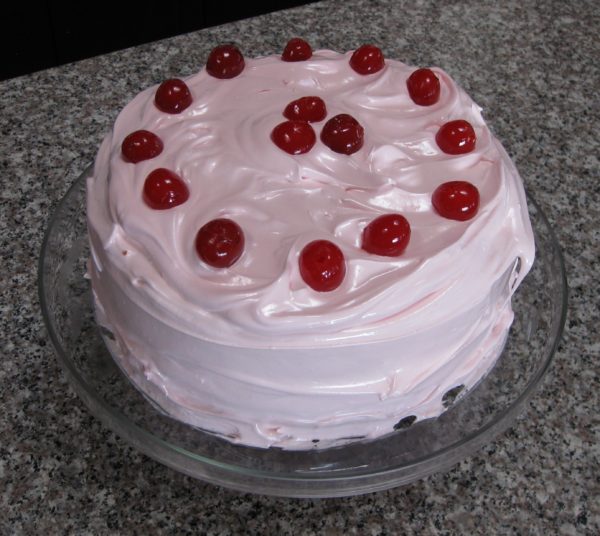
Copyright © 2018 by Villa Sentieri, LLC. All rights reserved.
|
|

